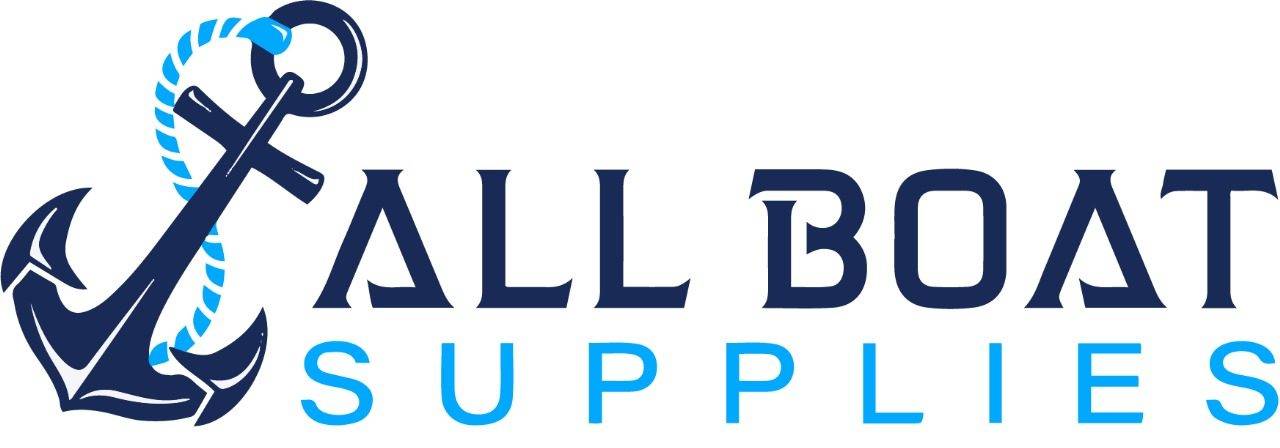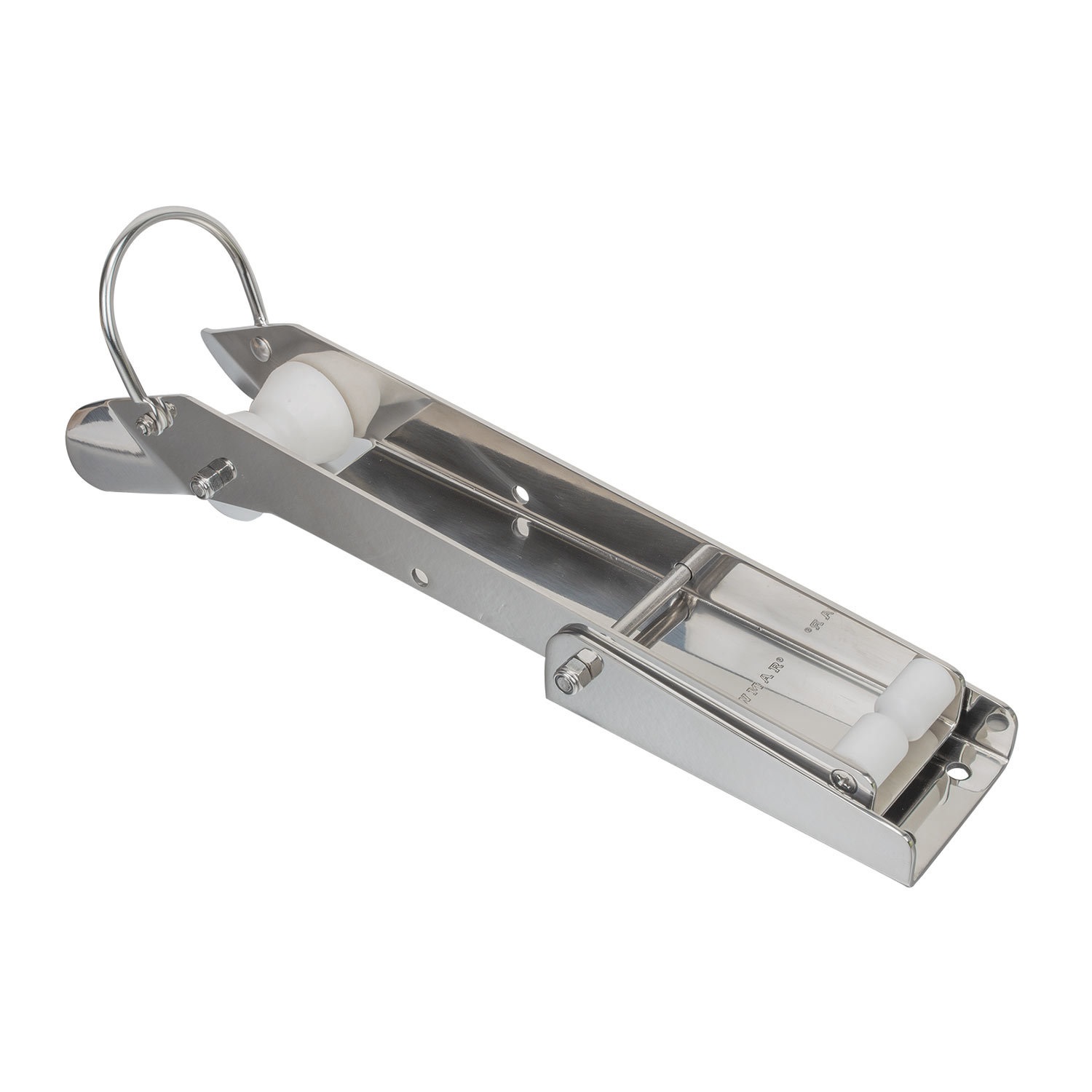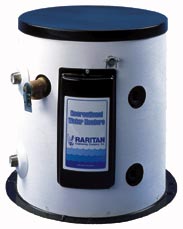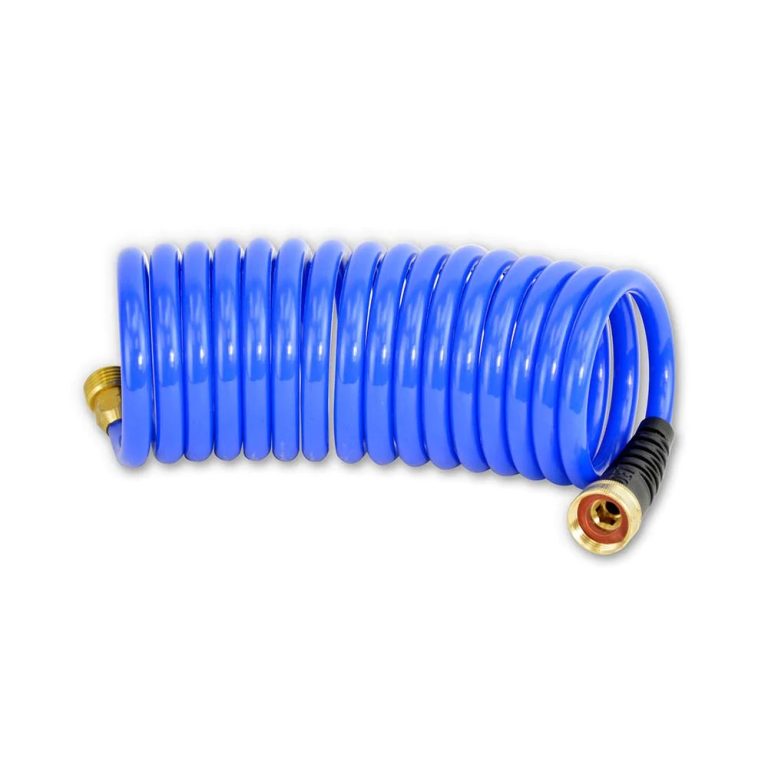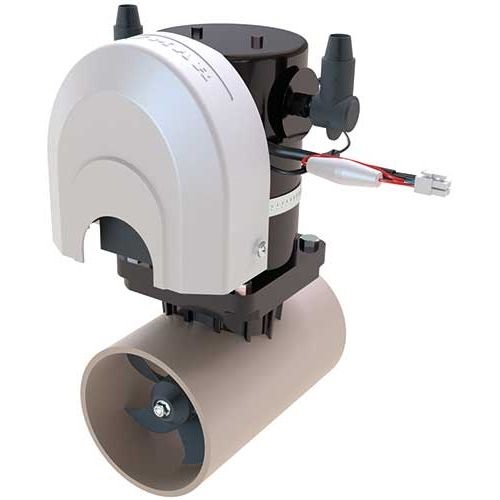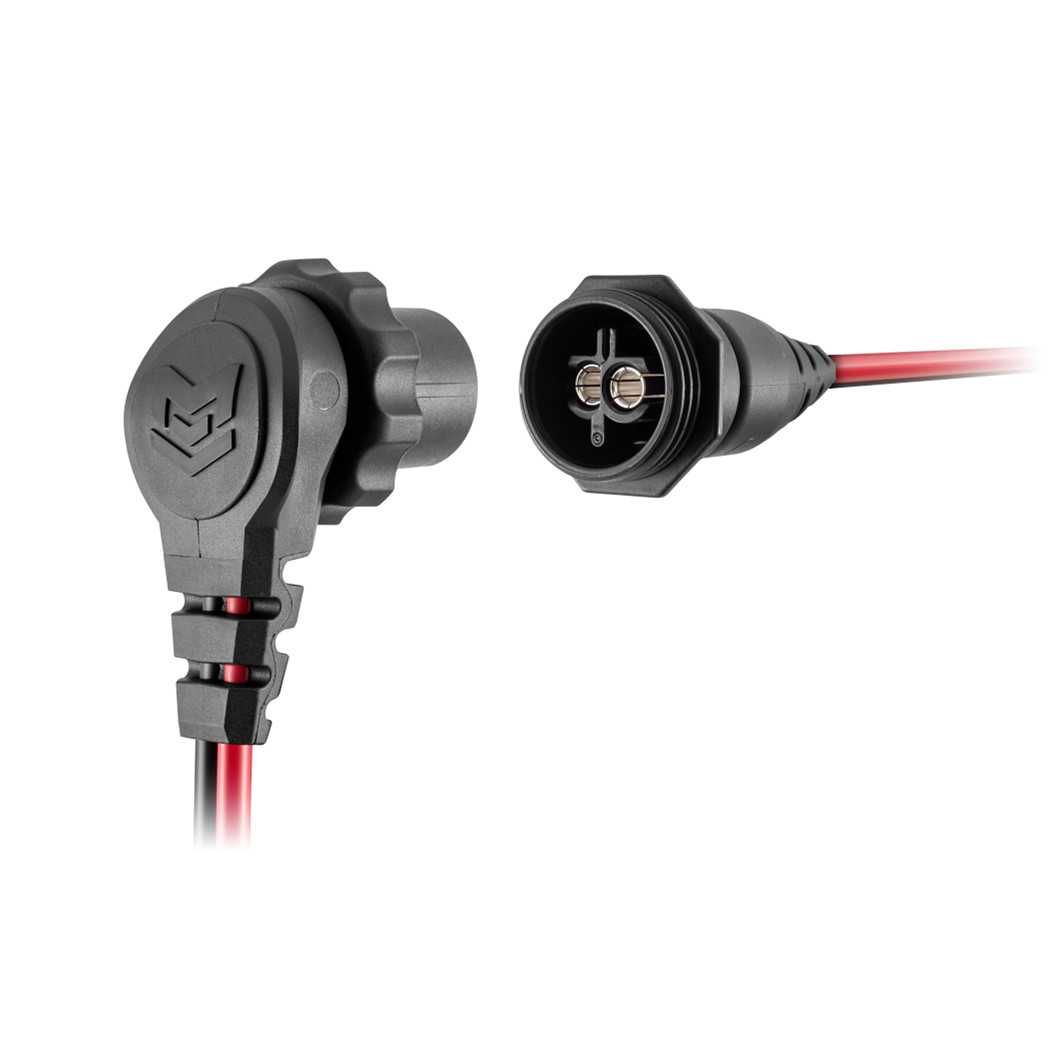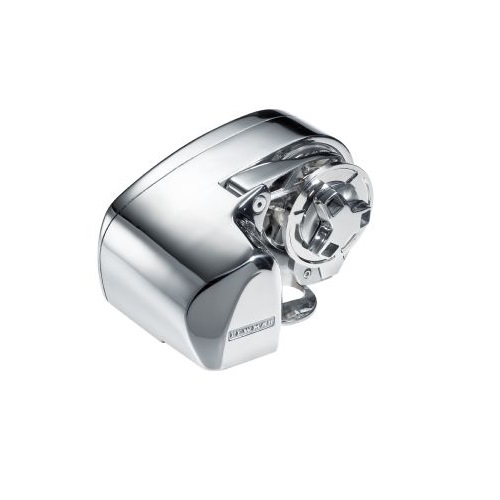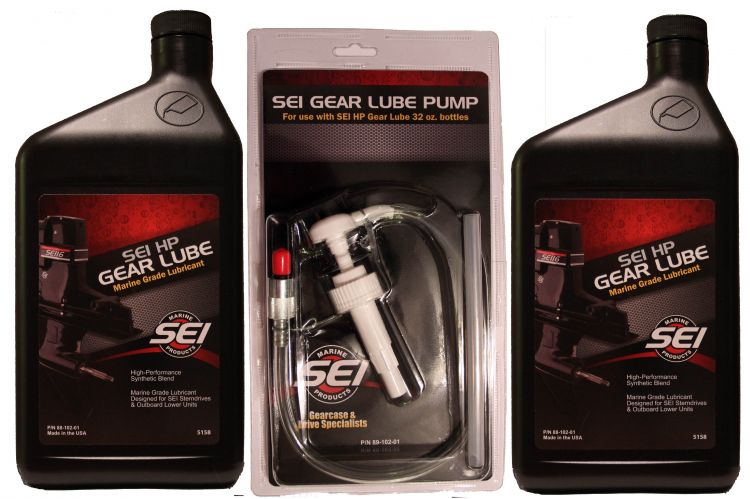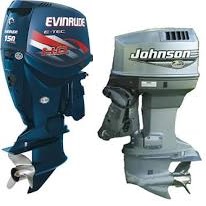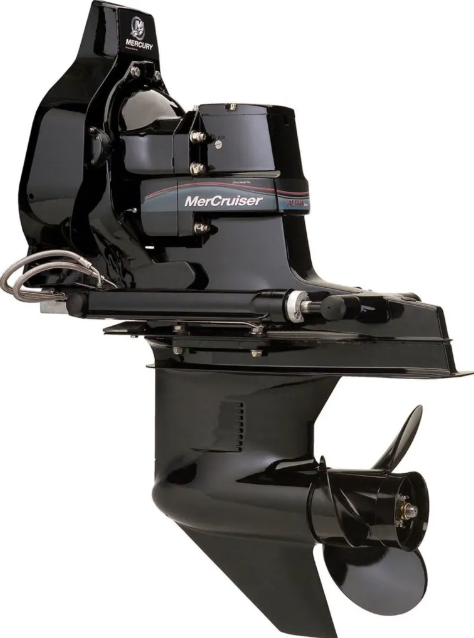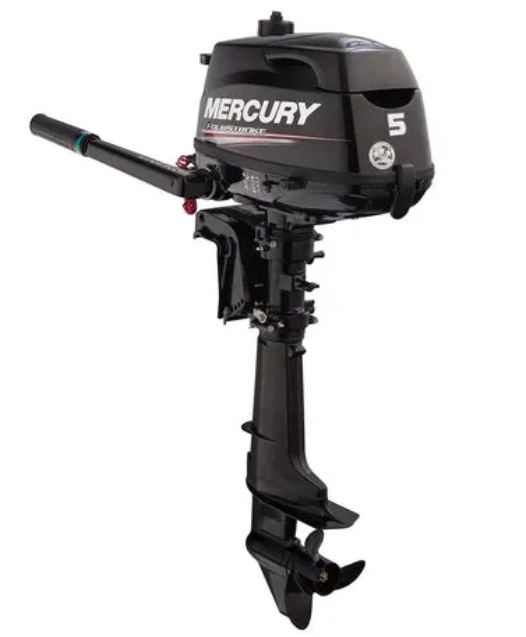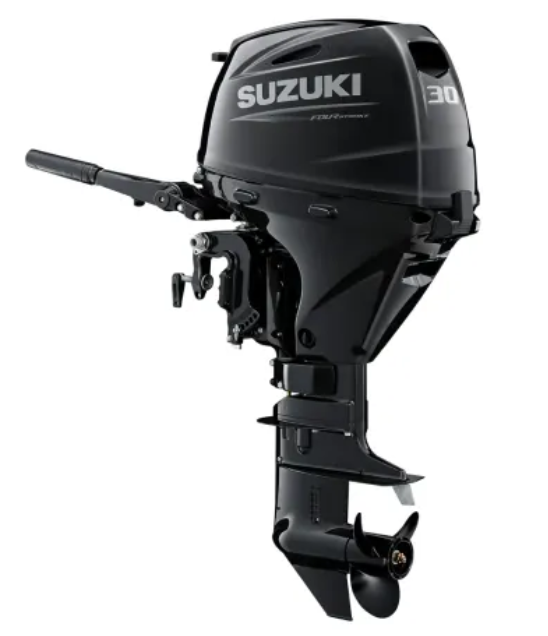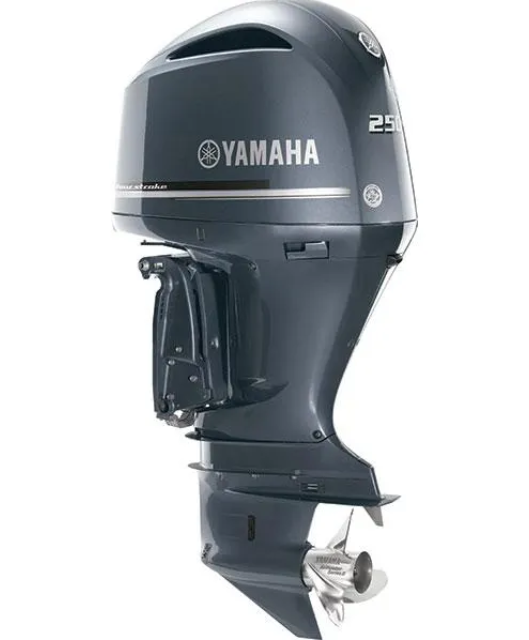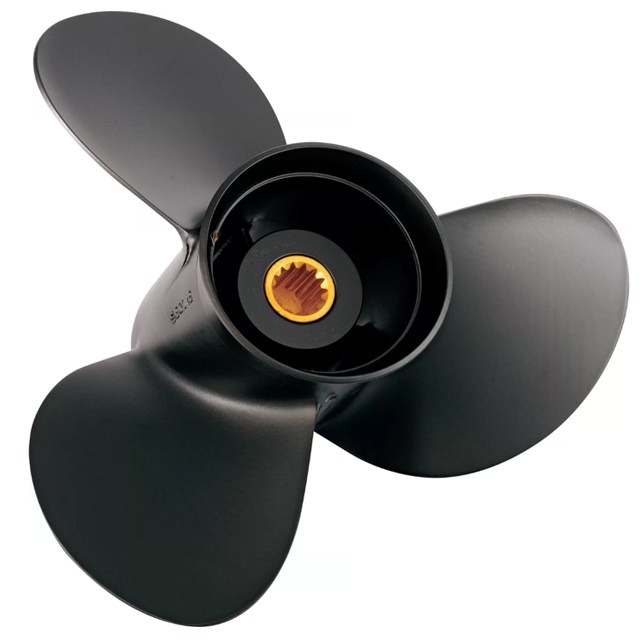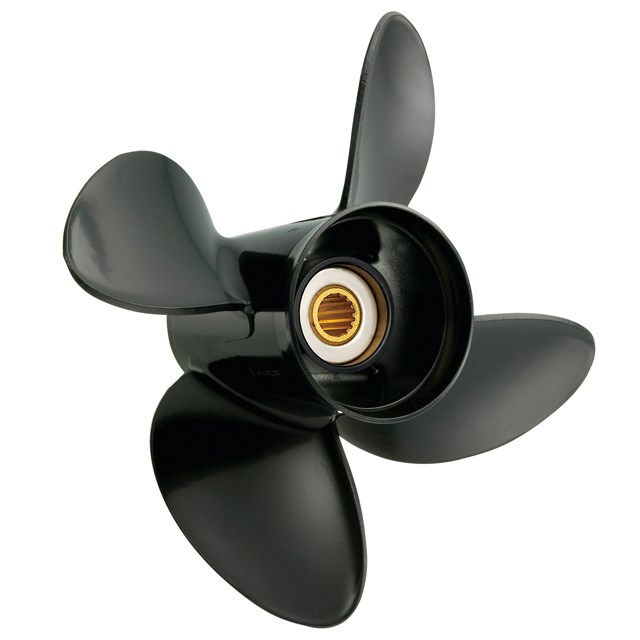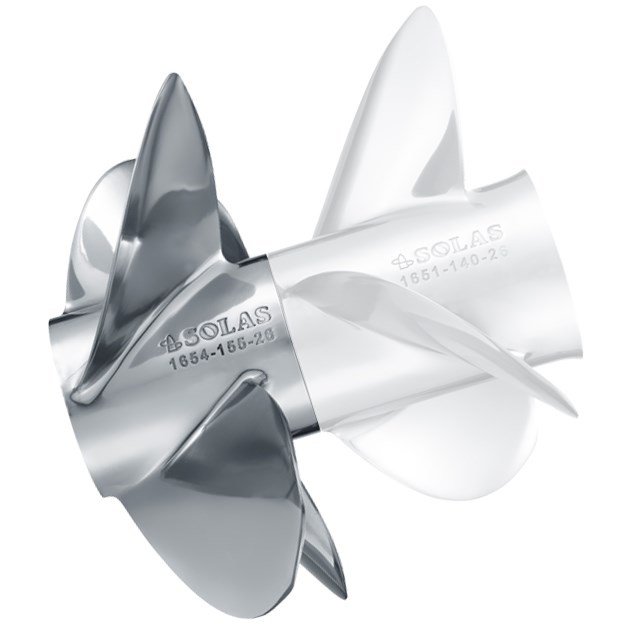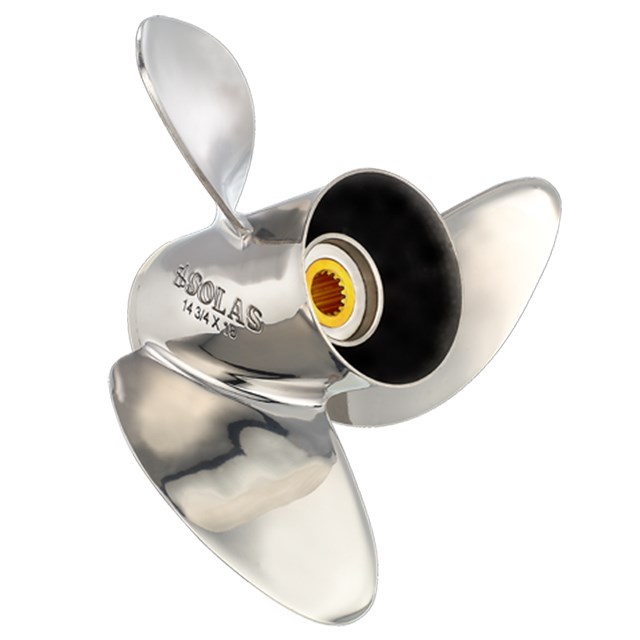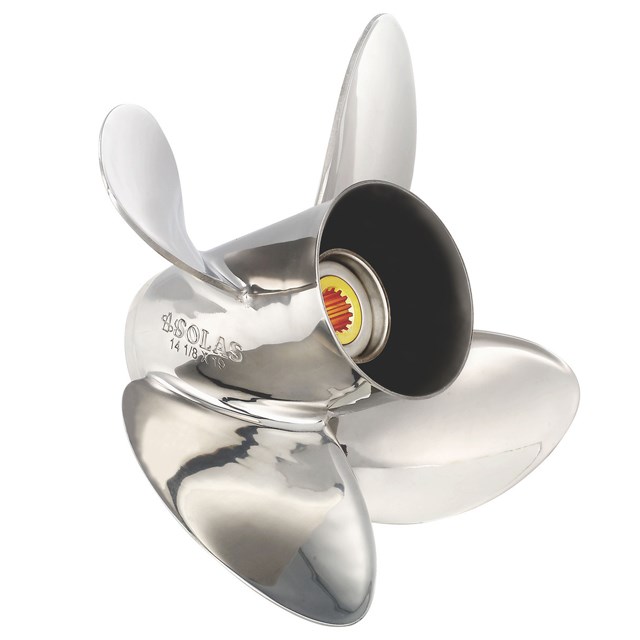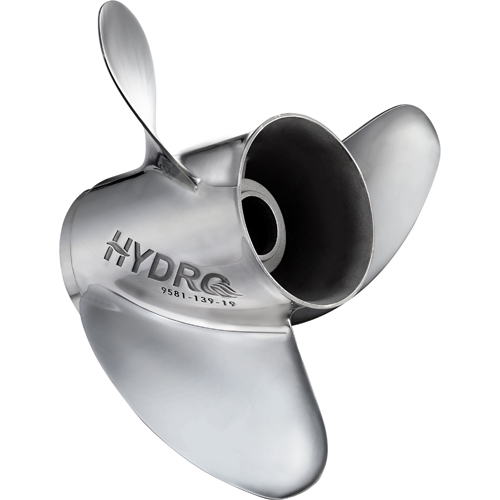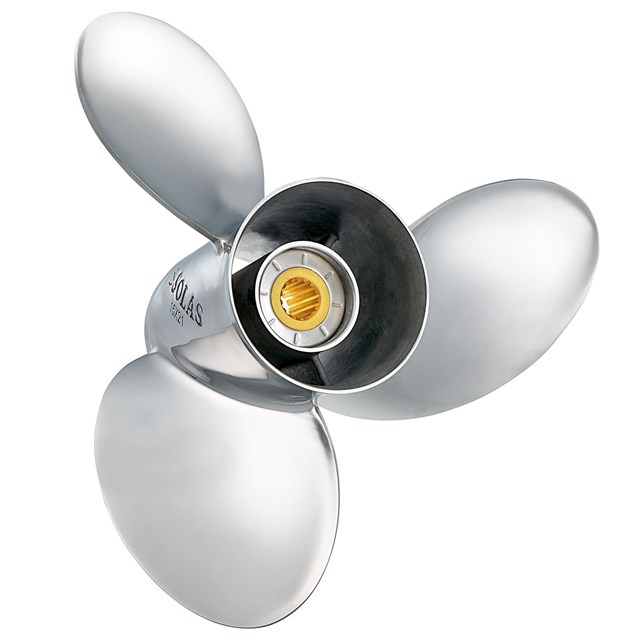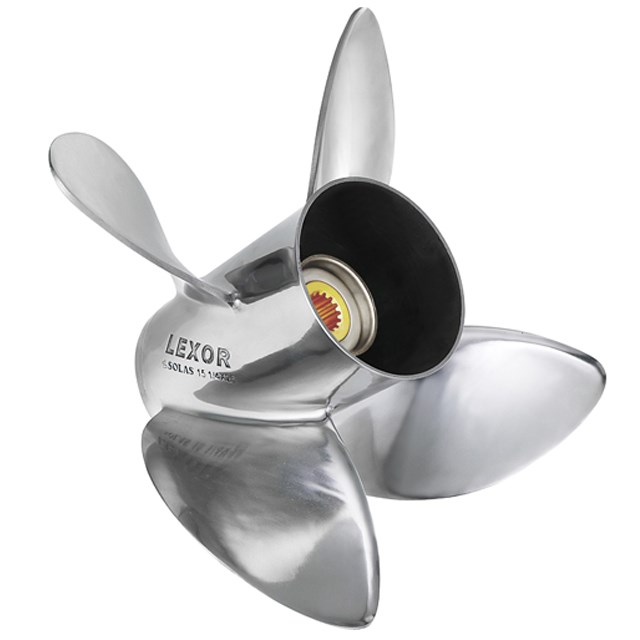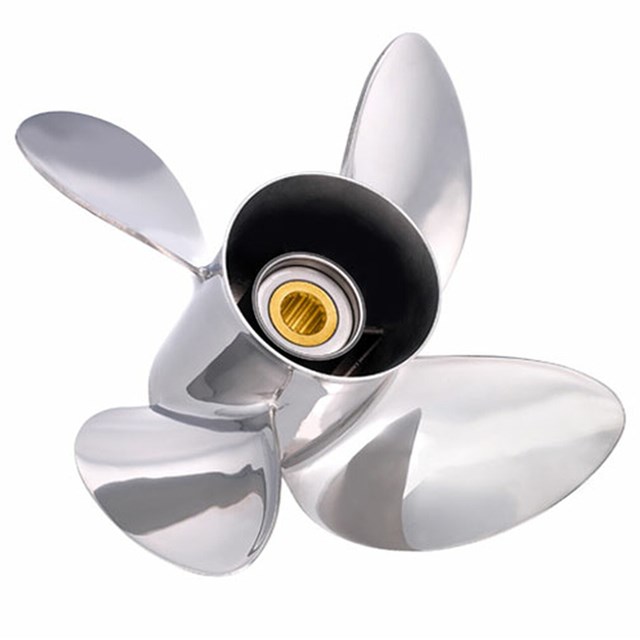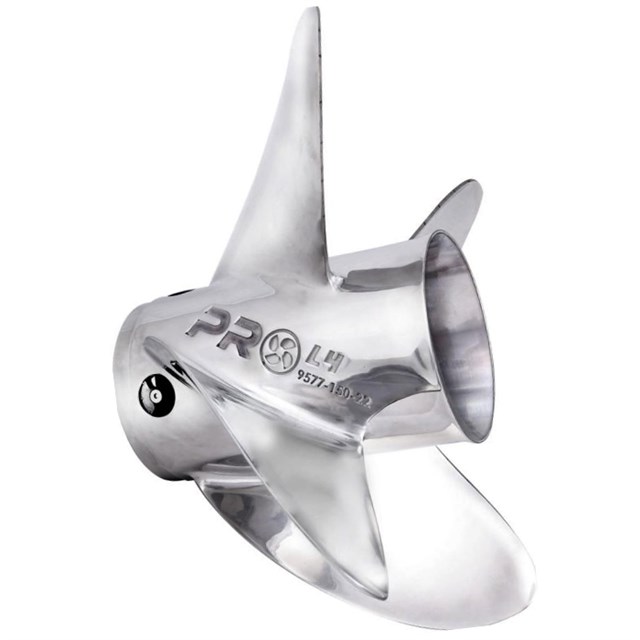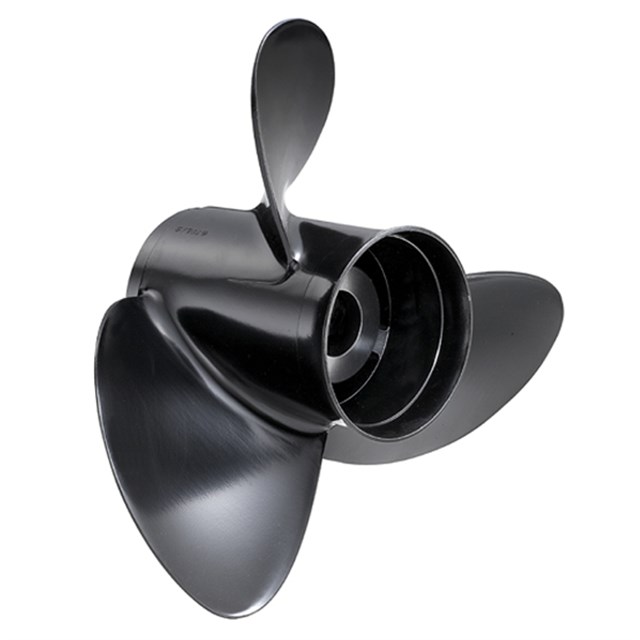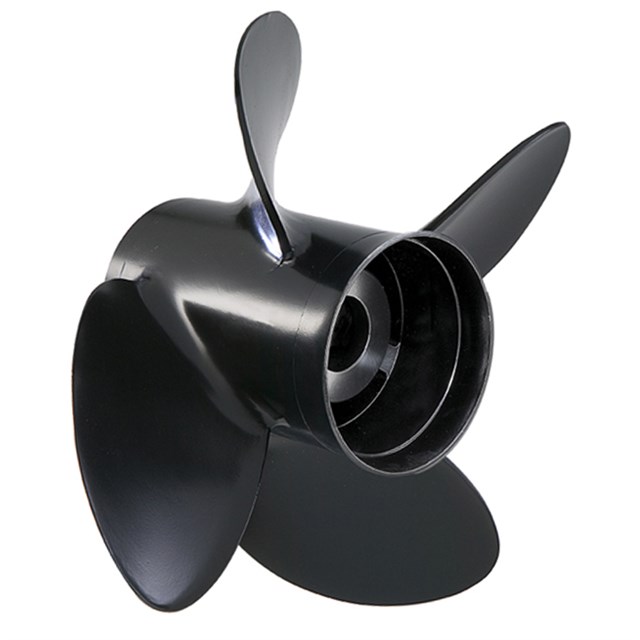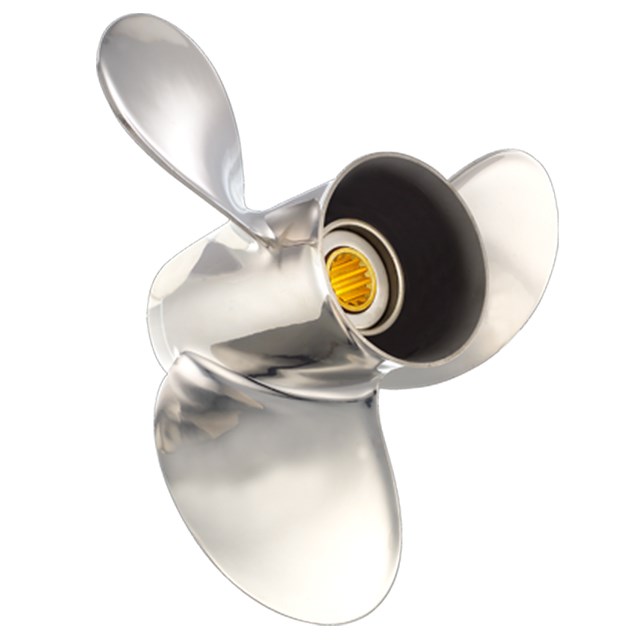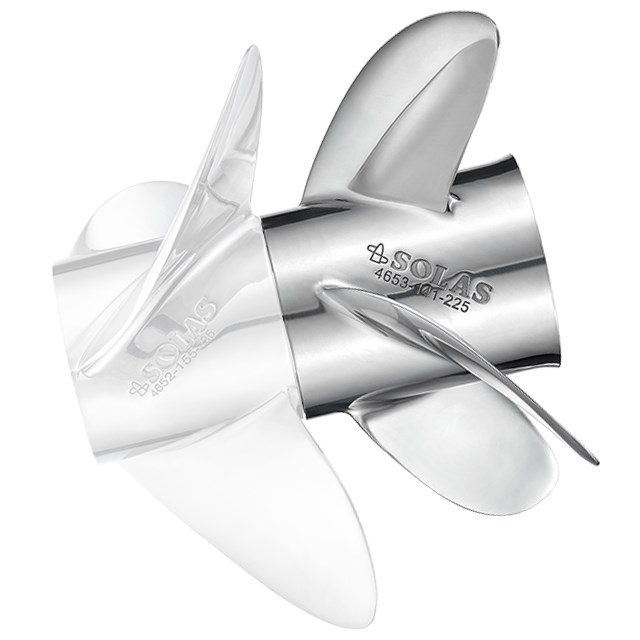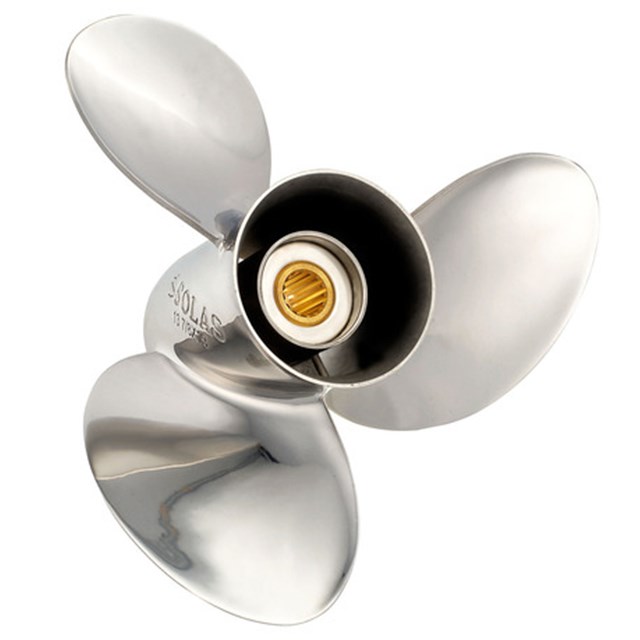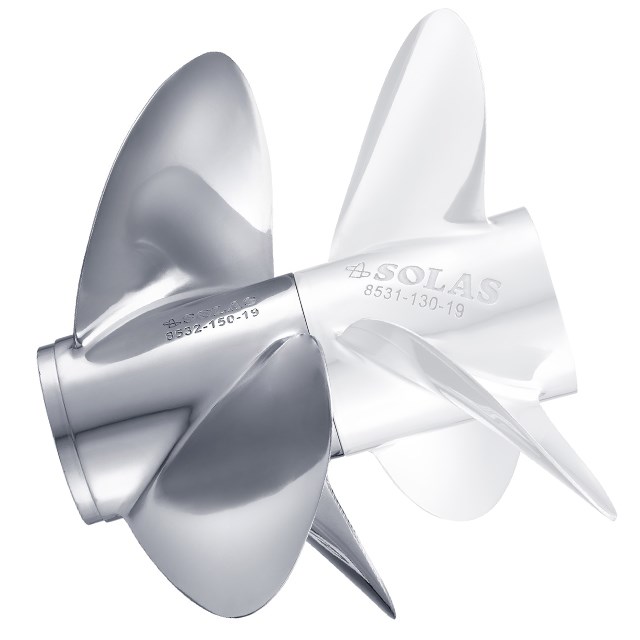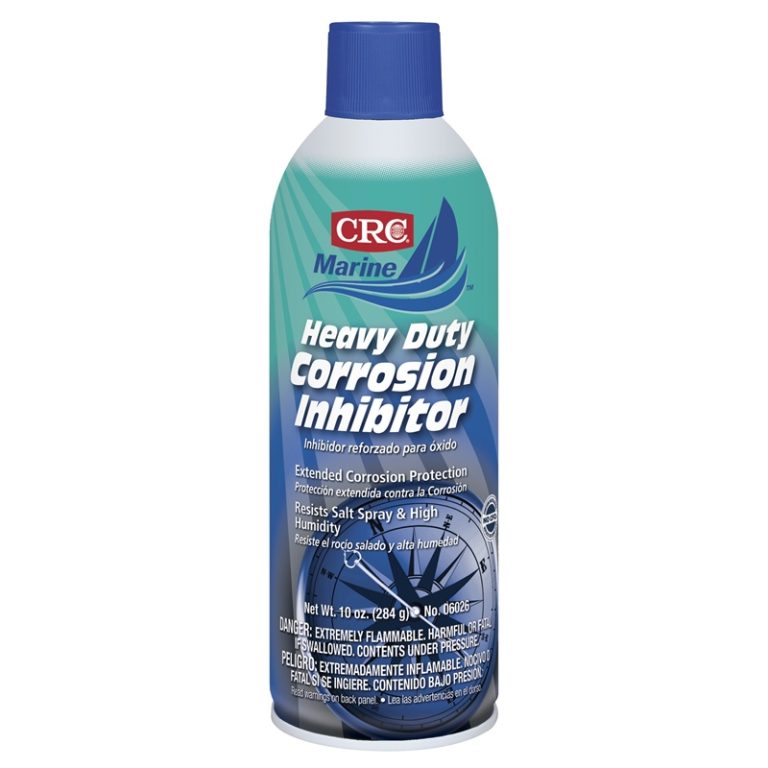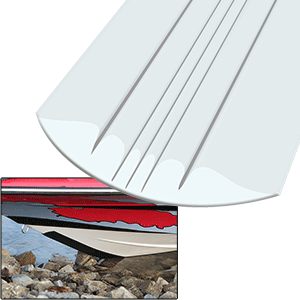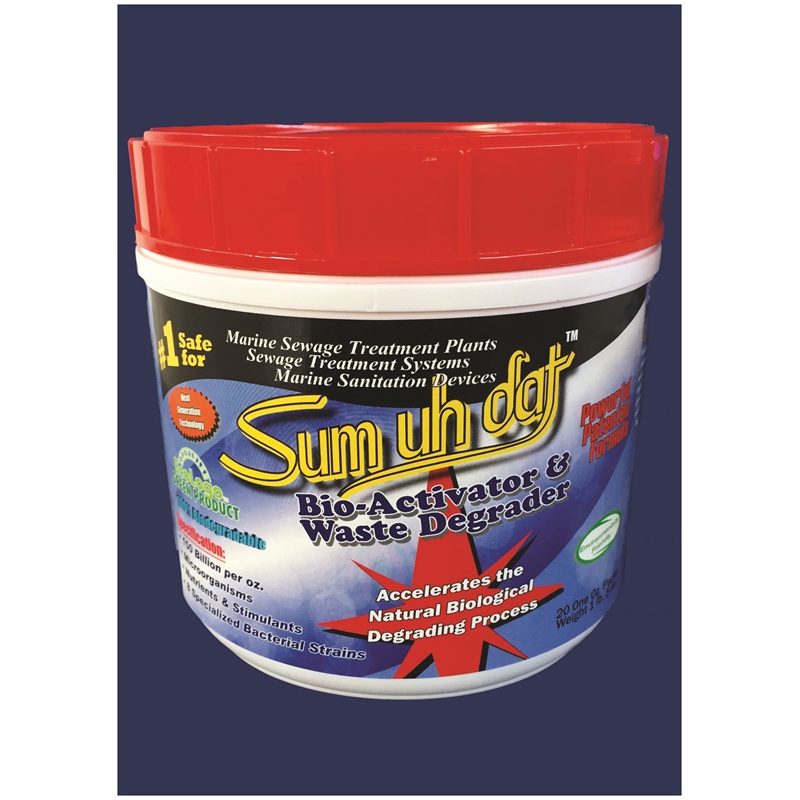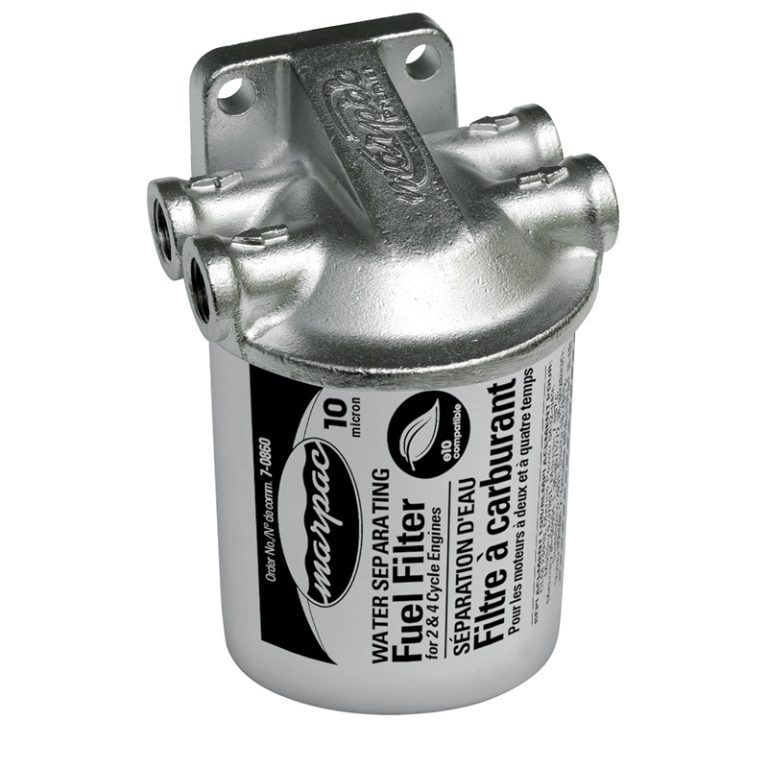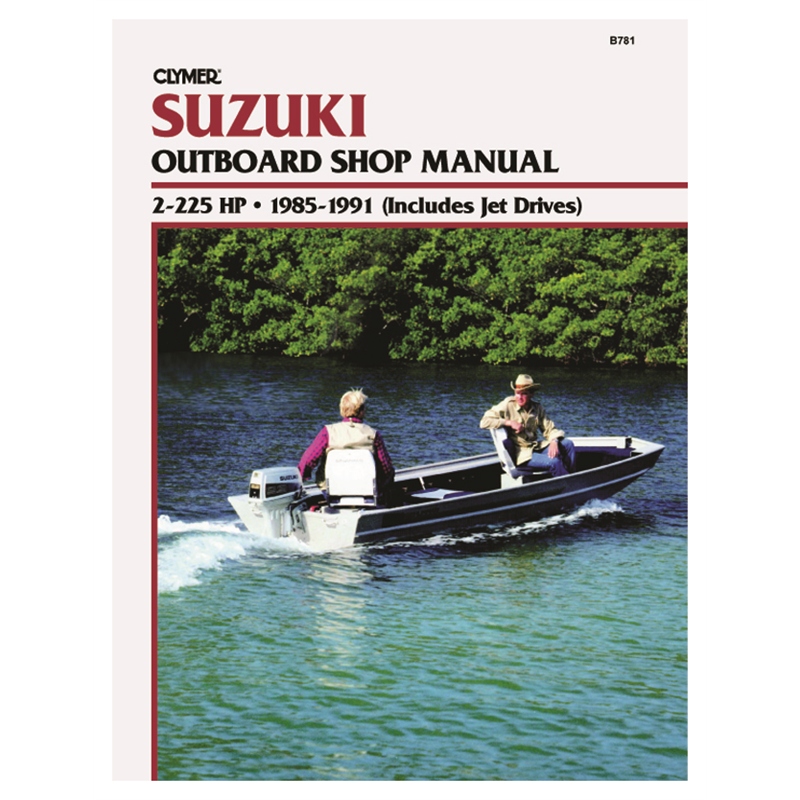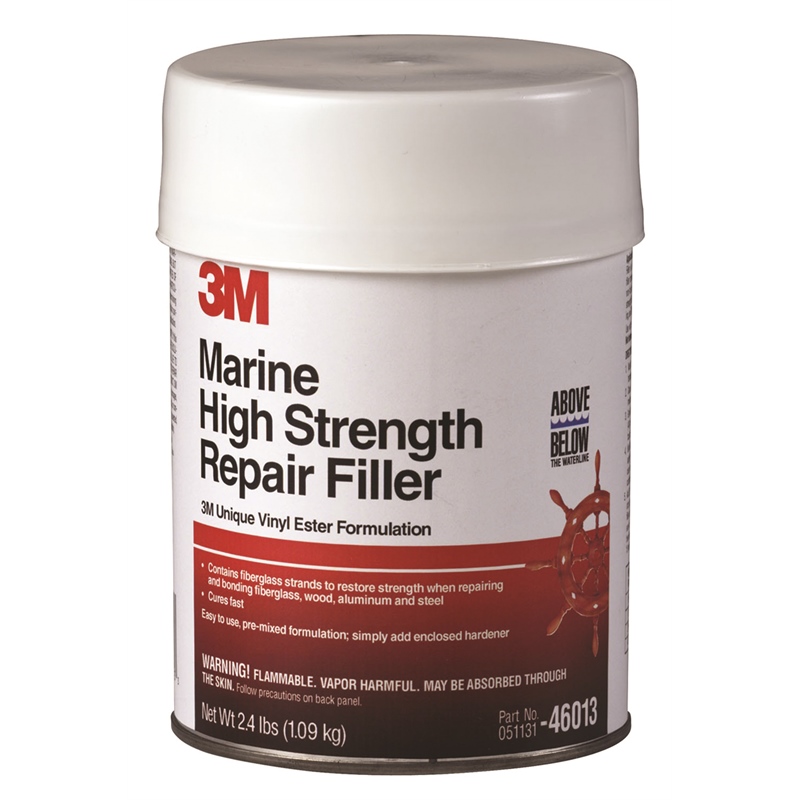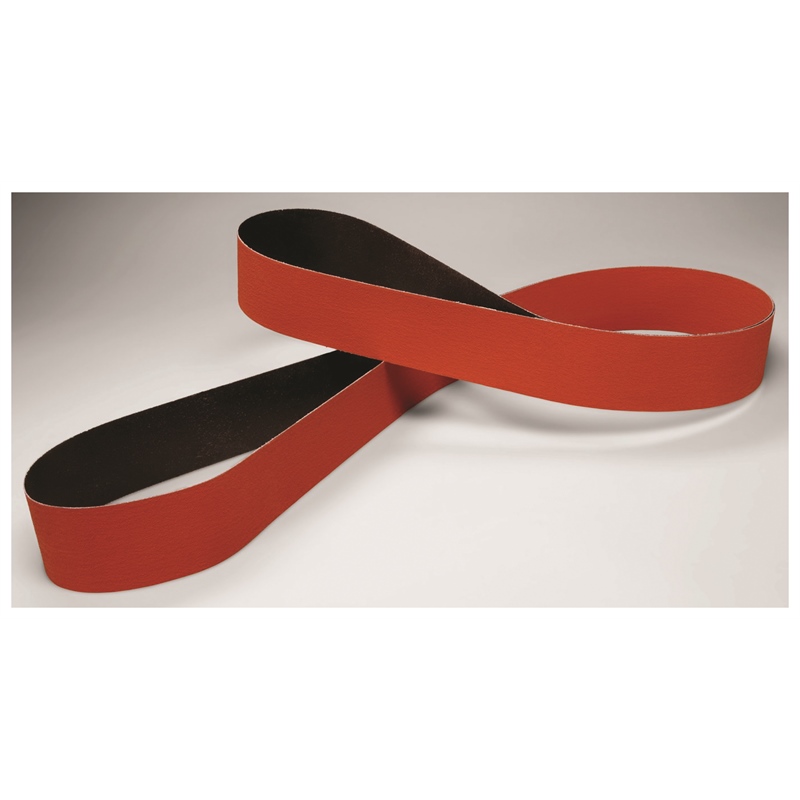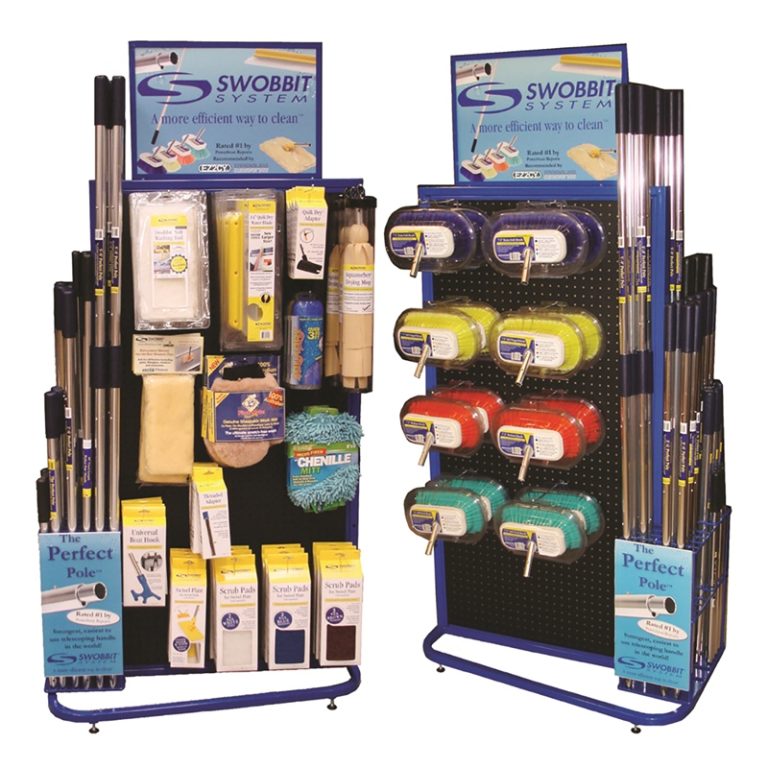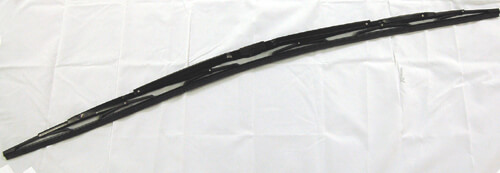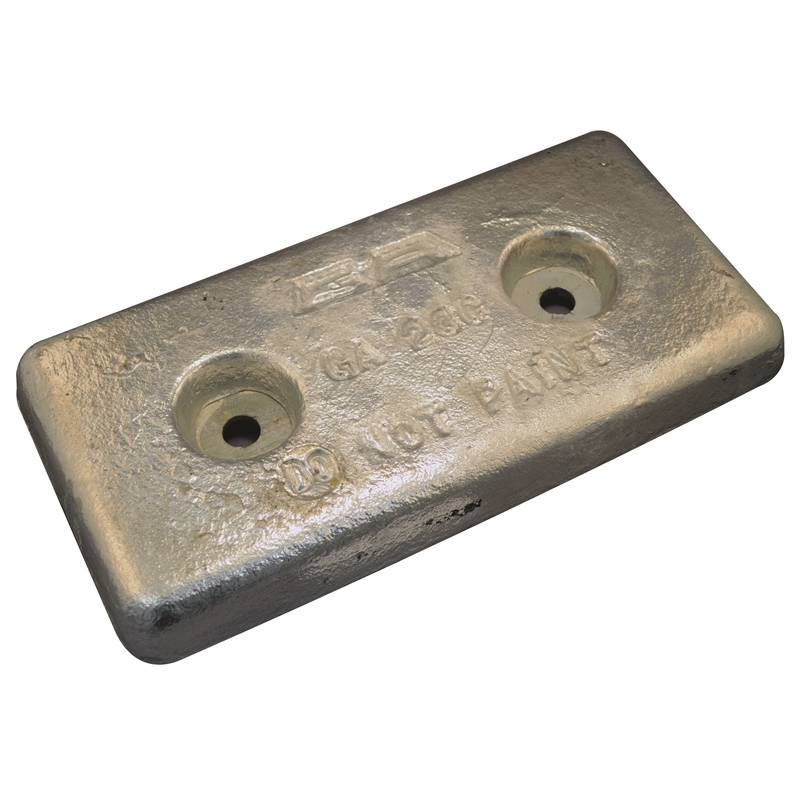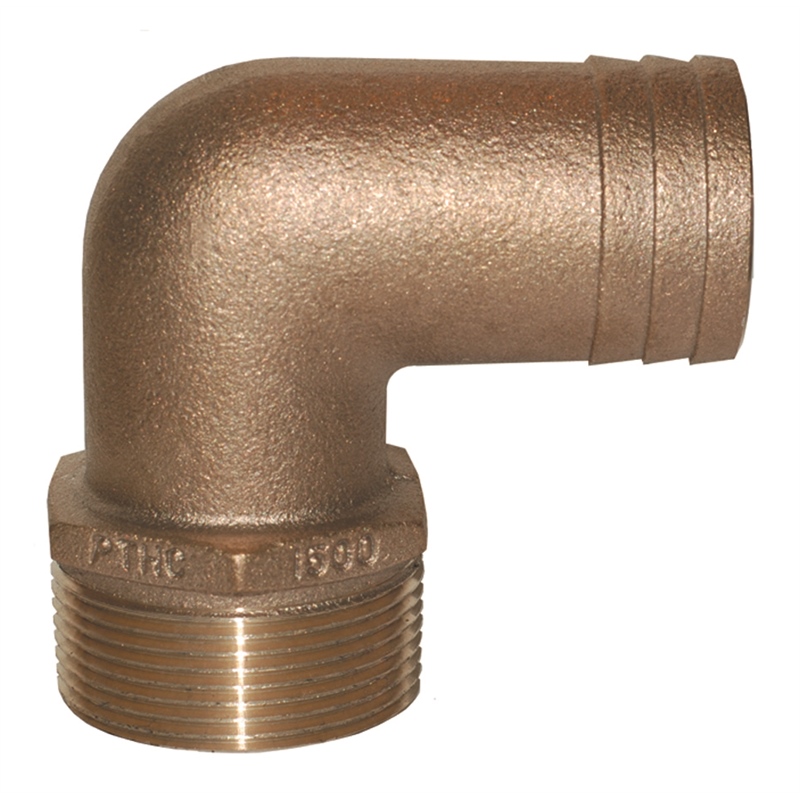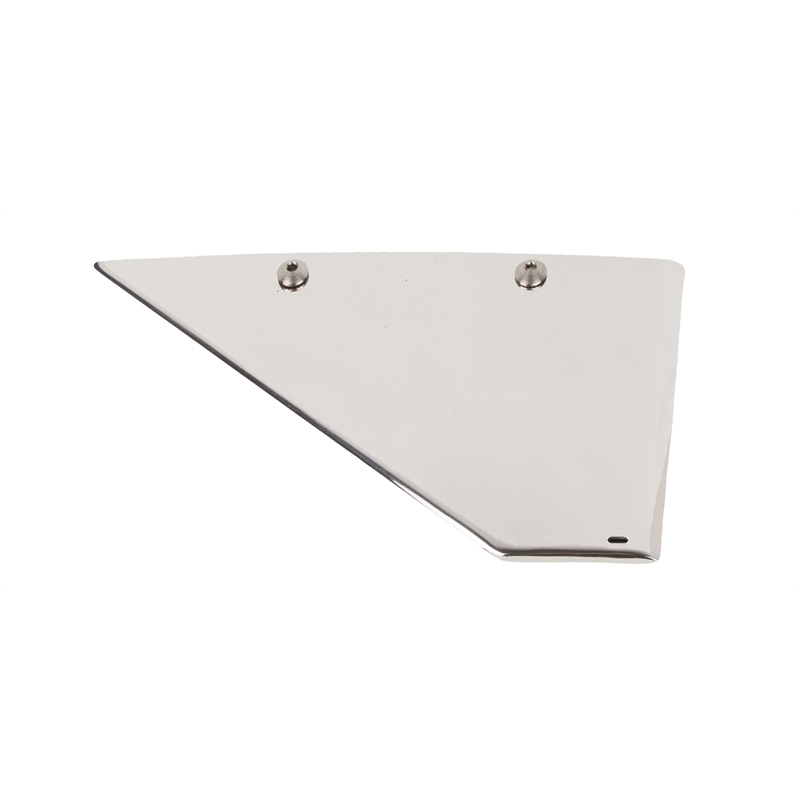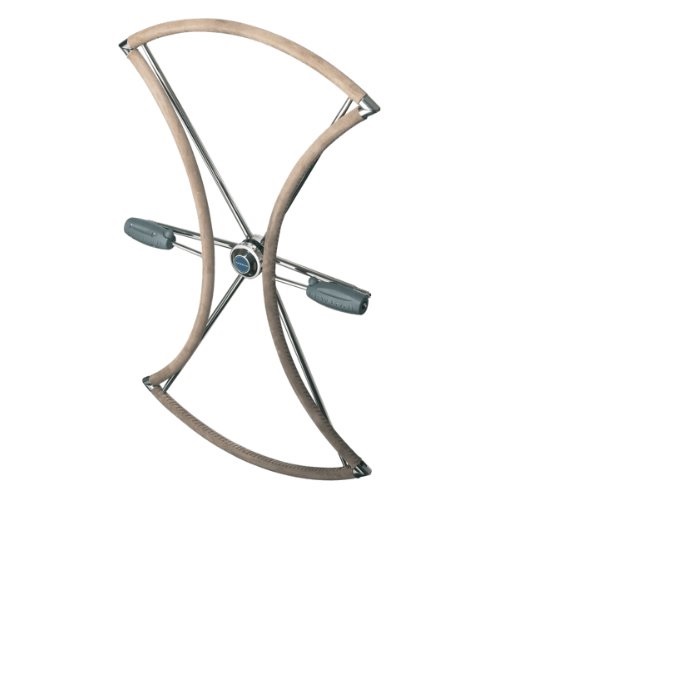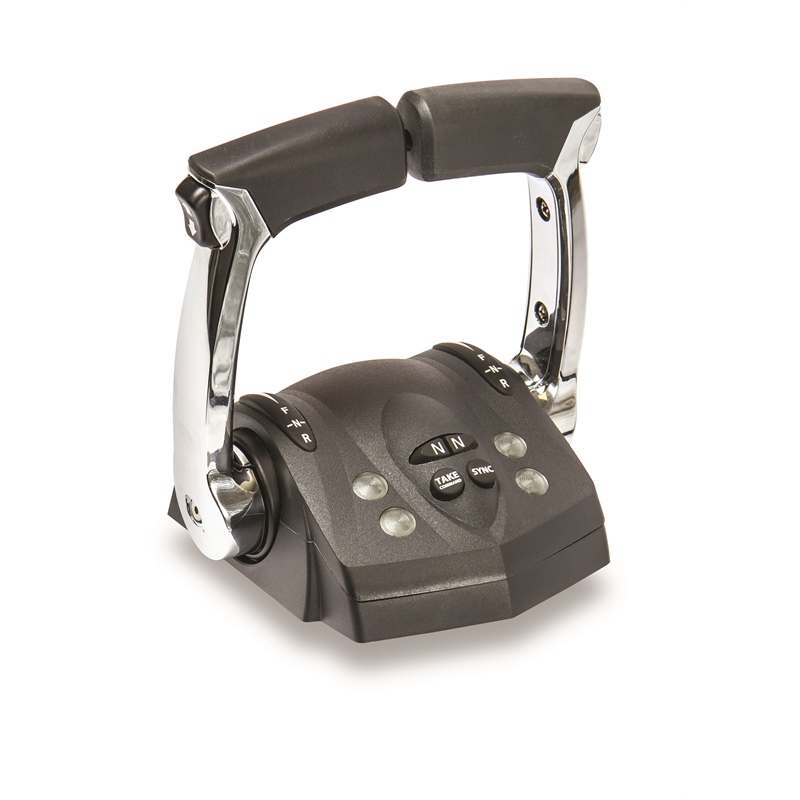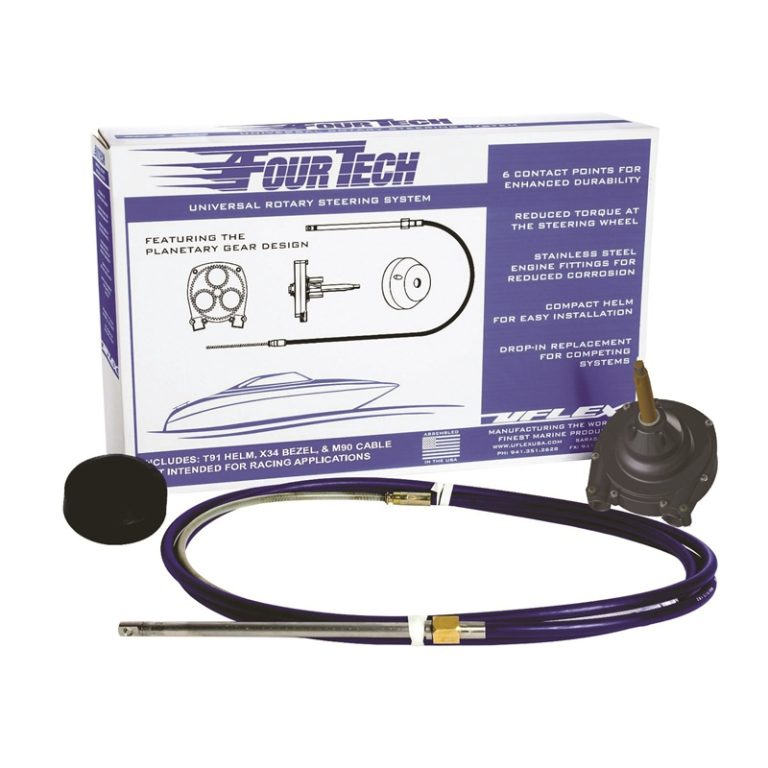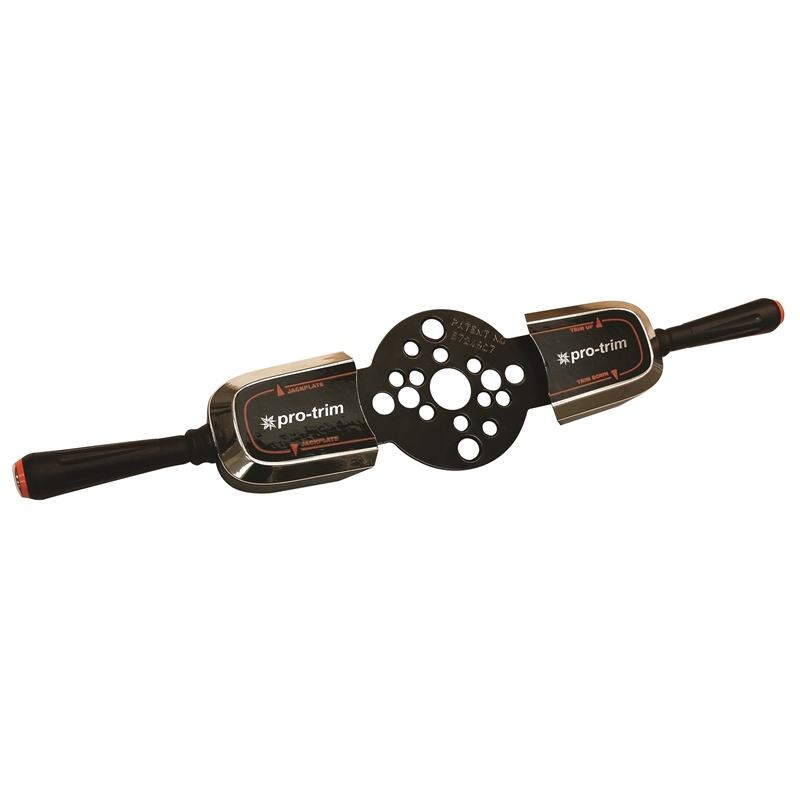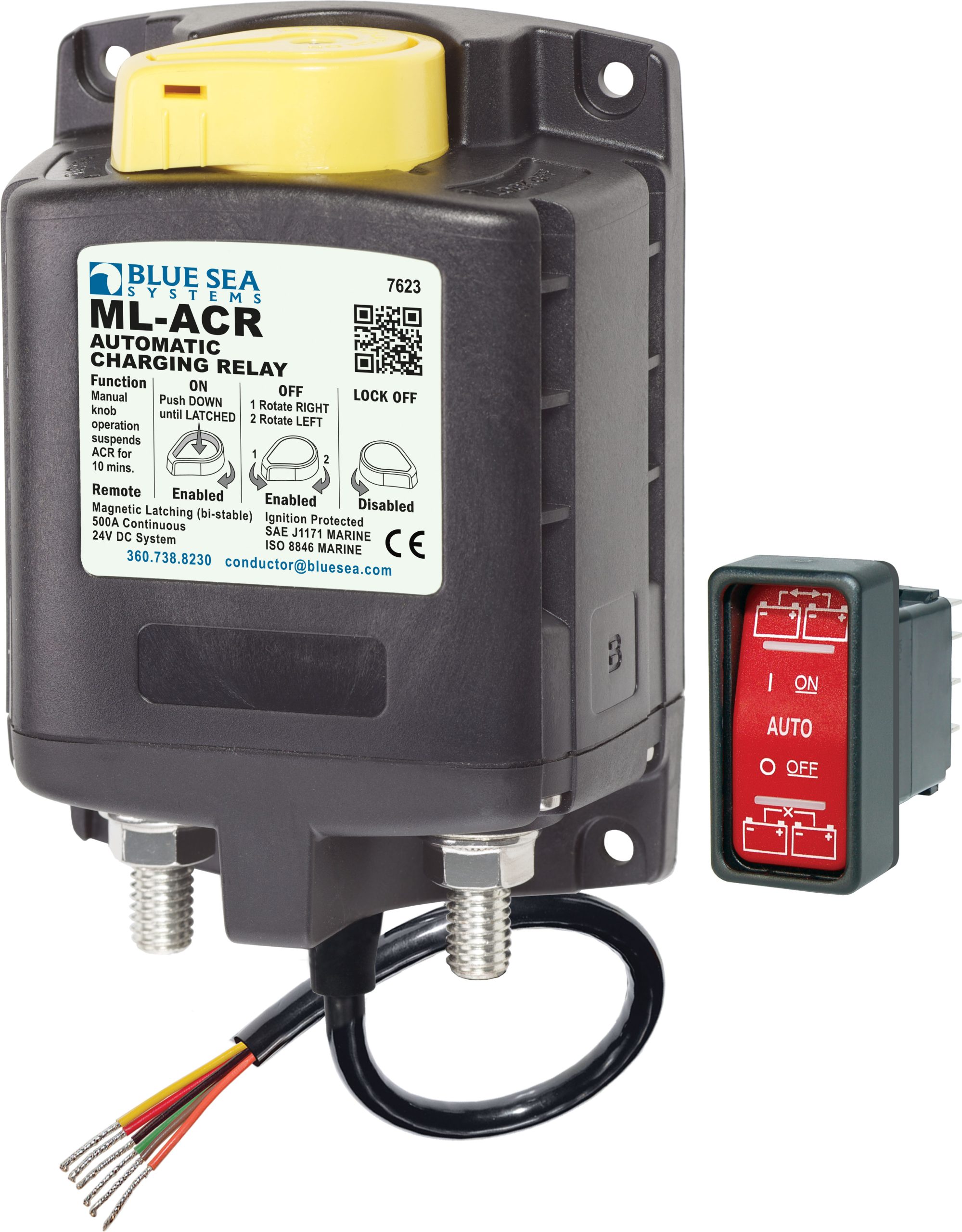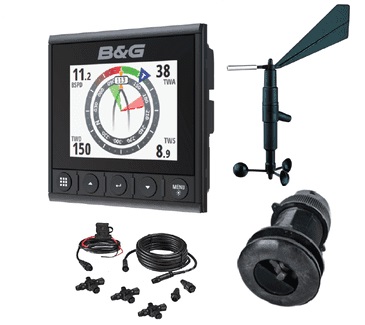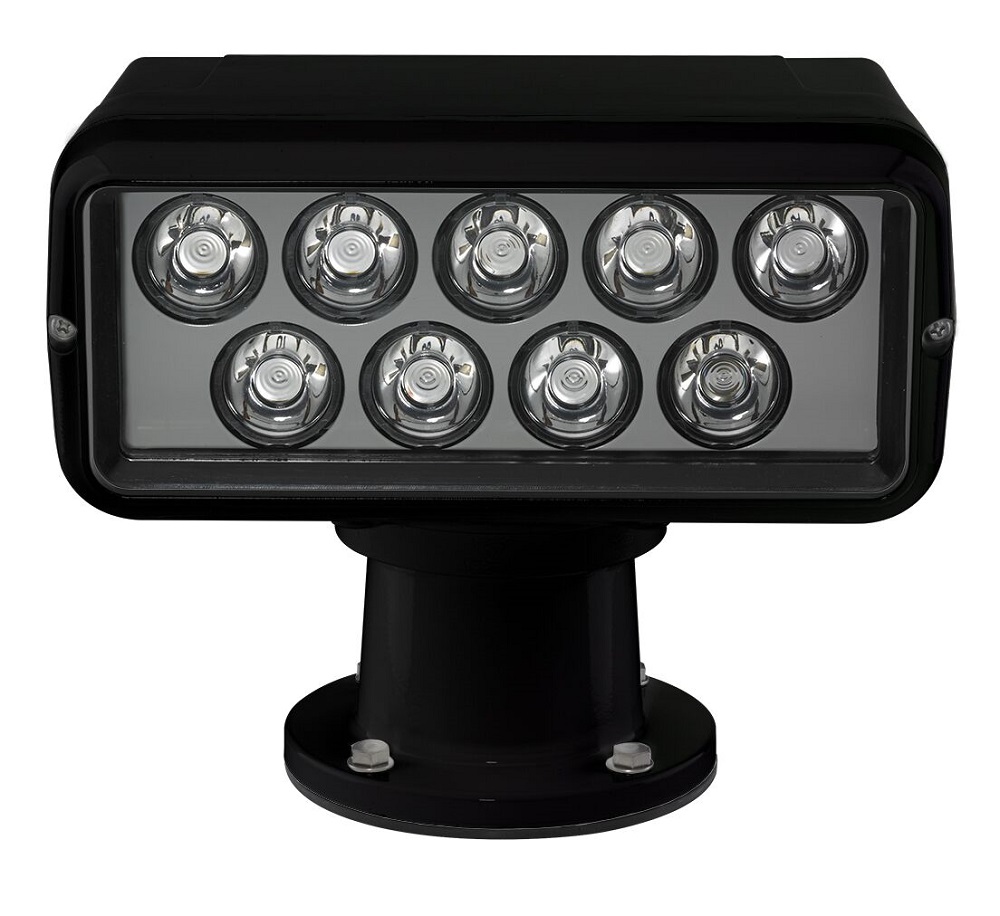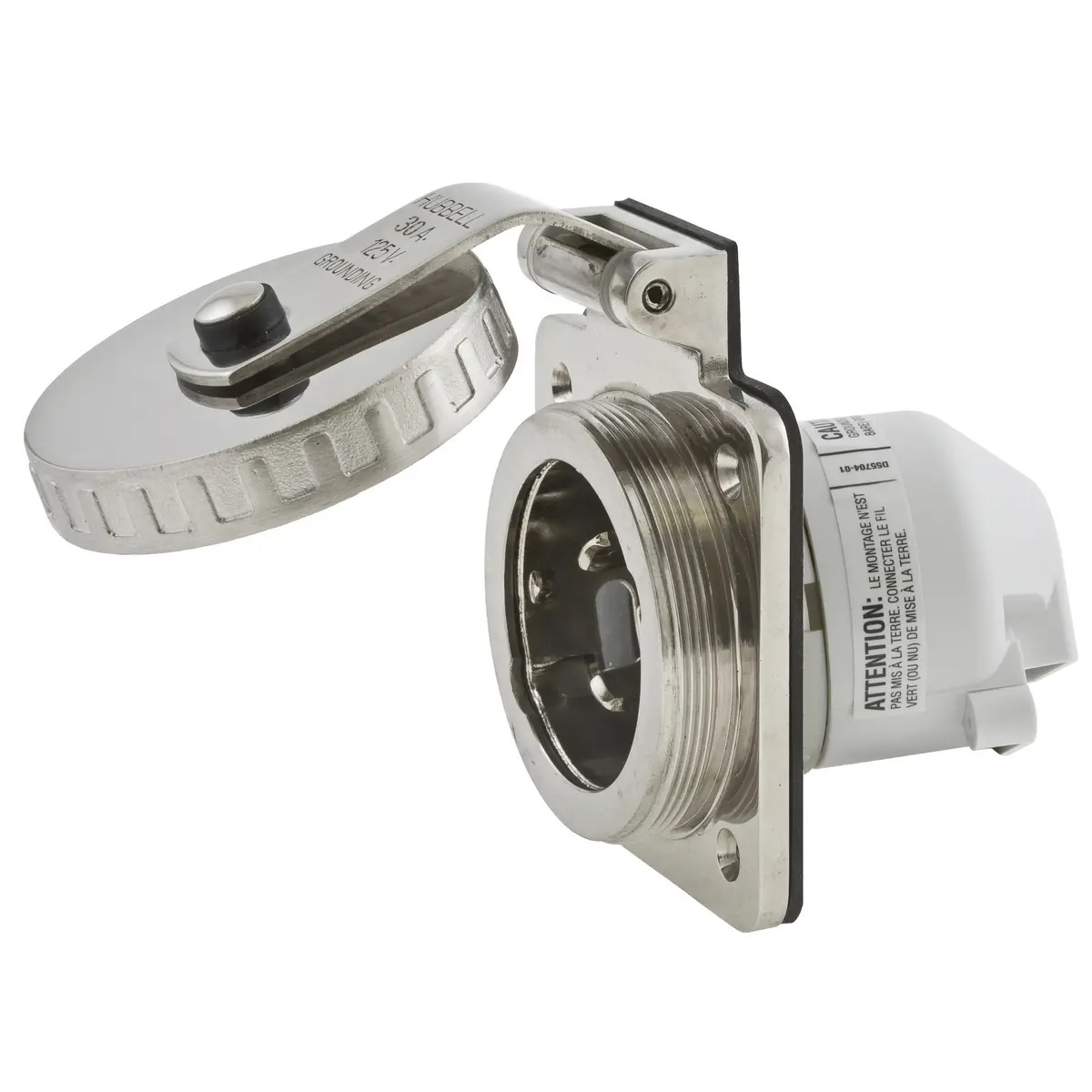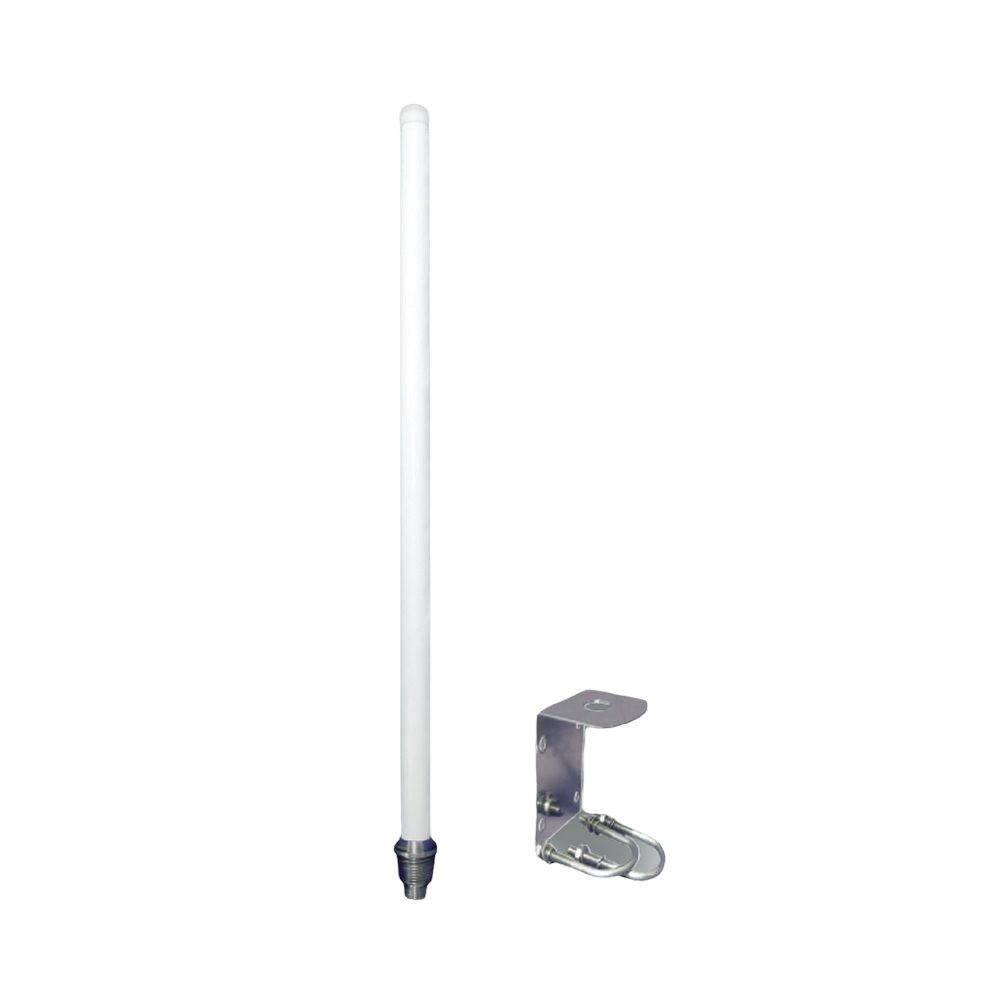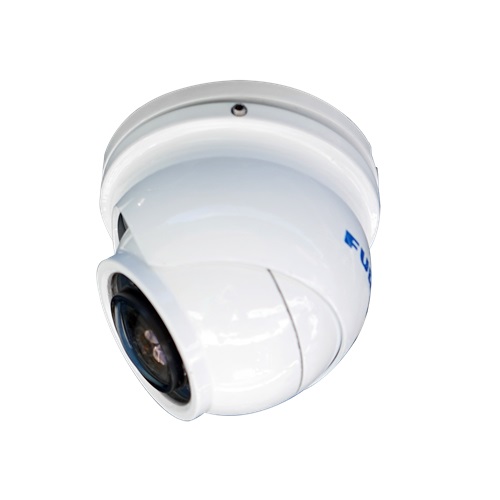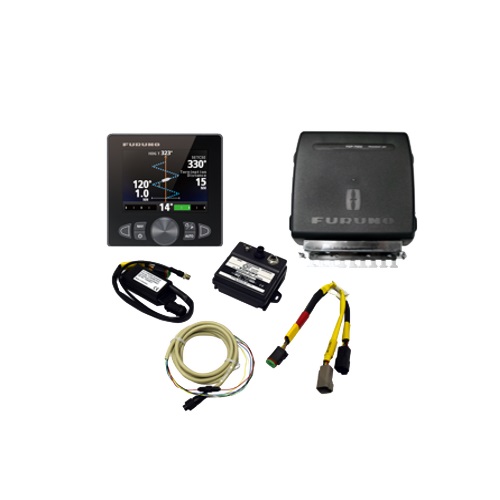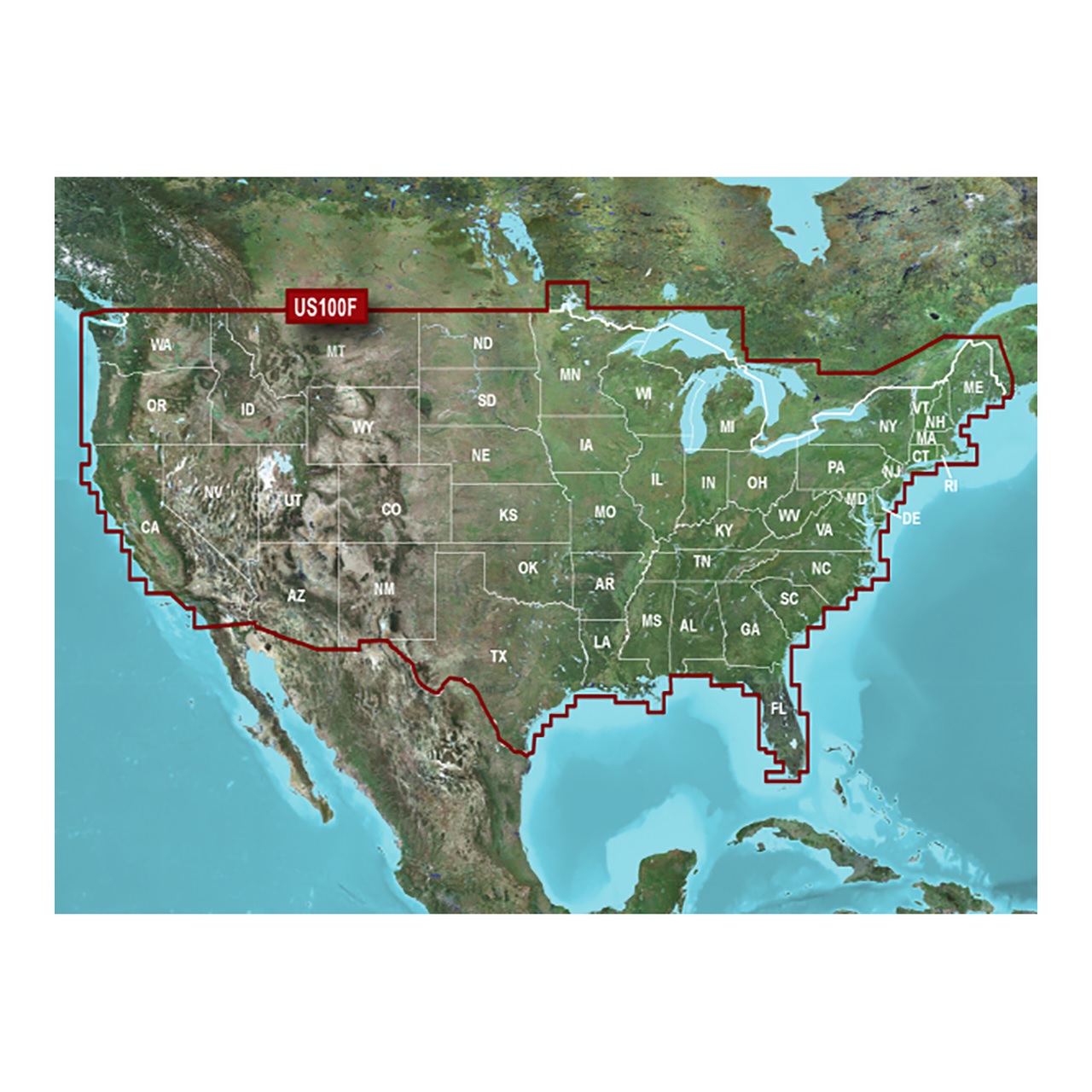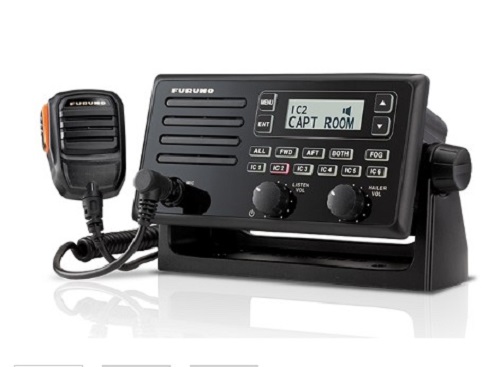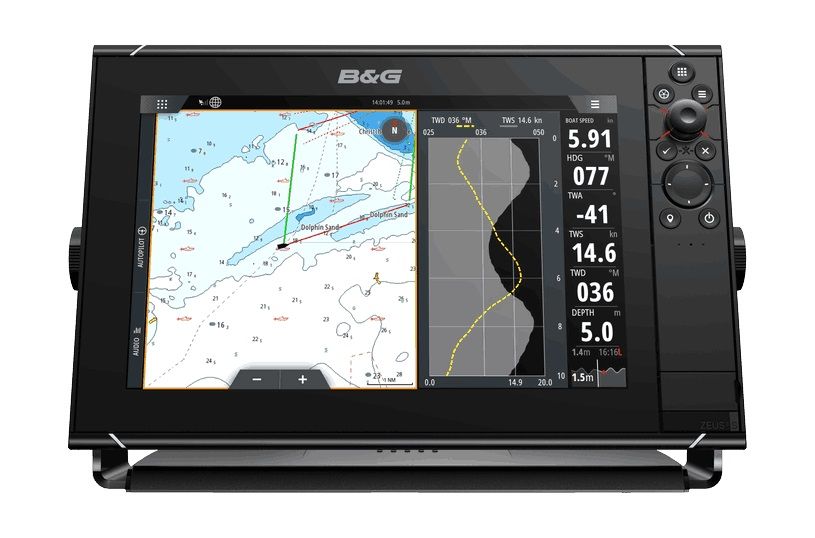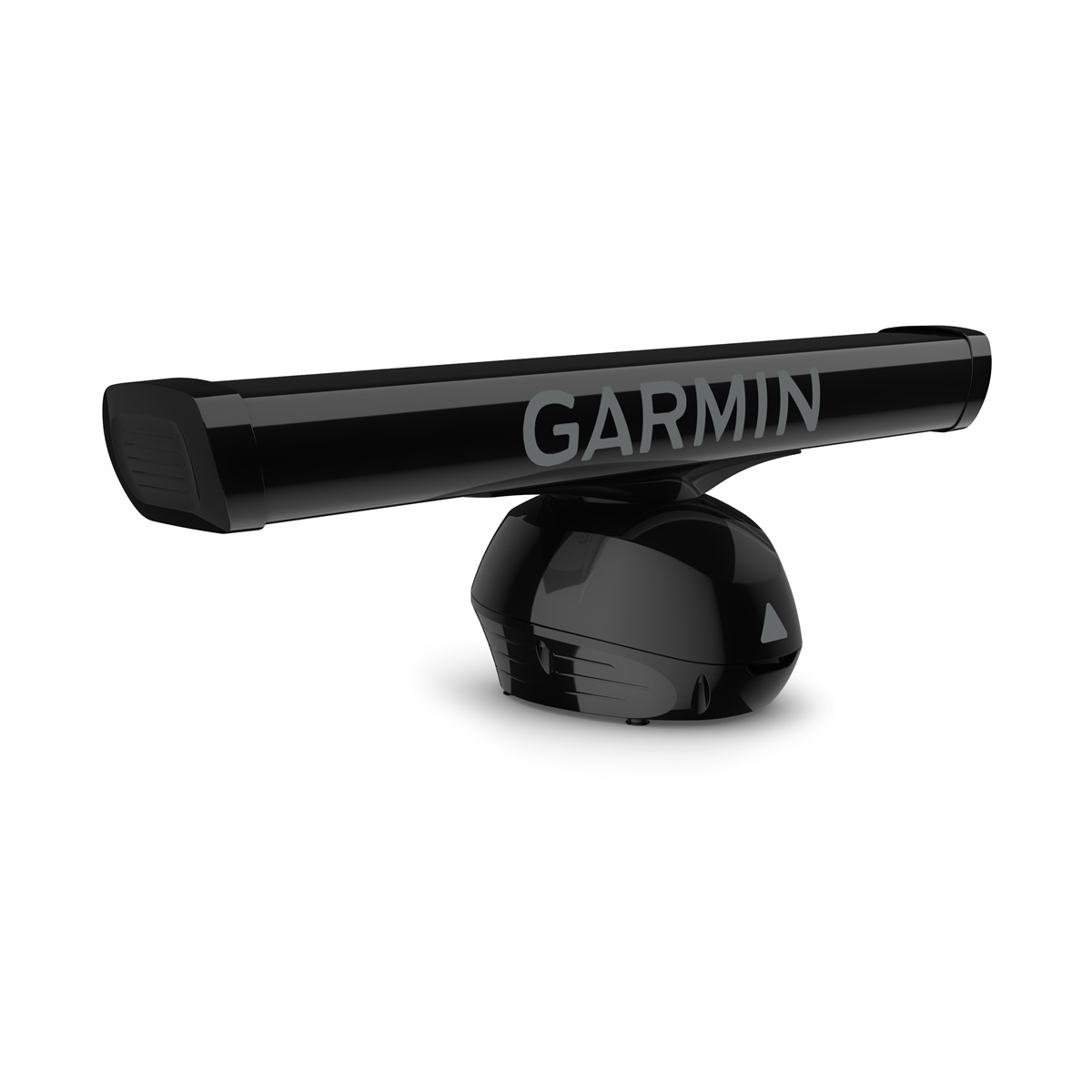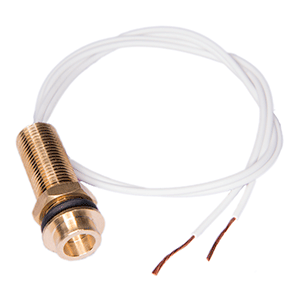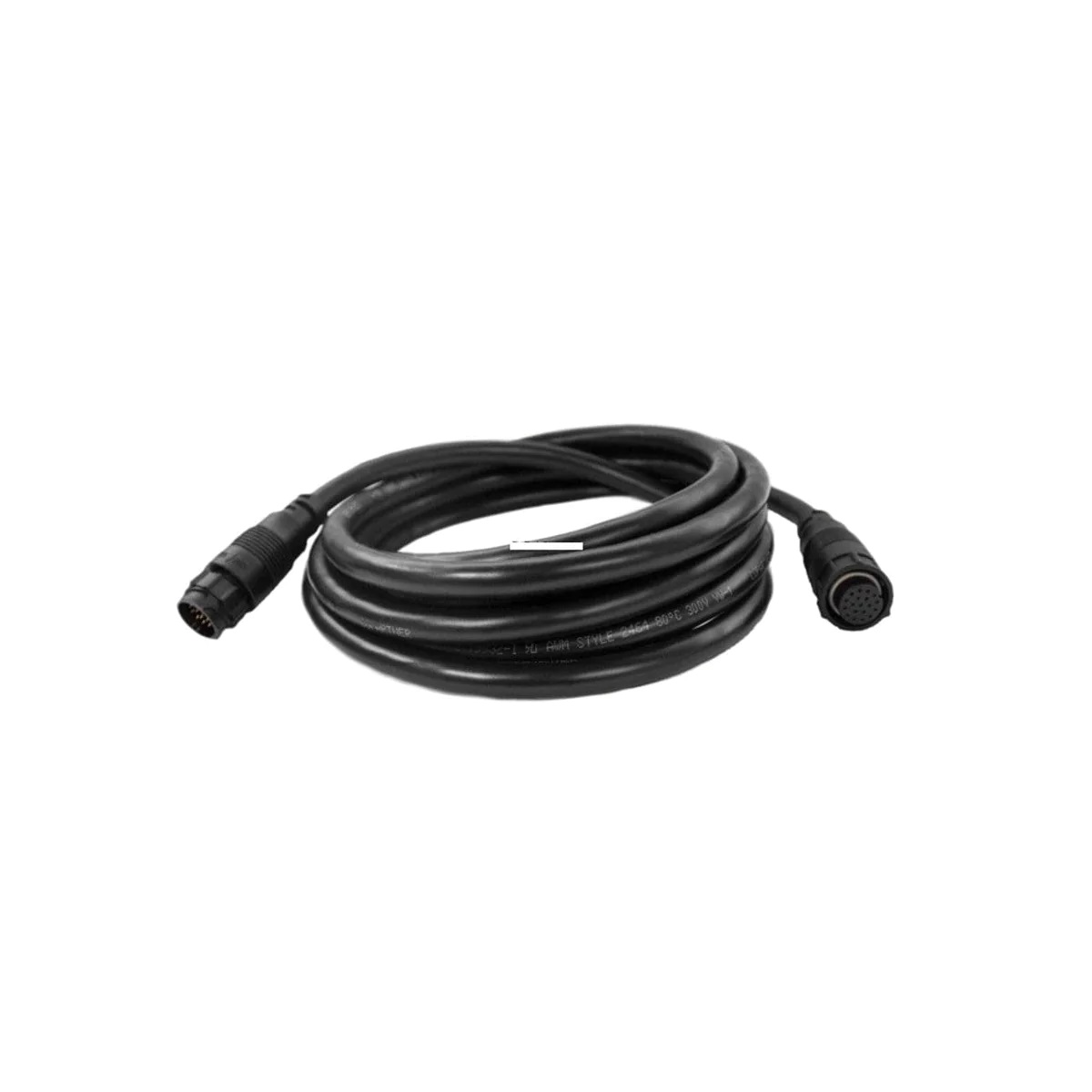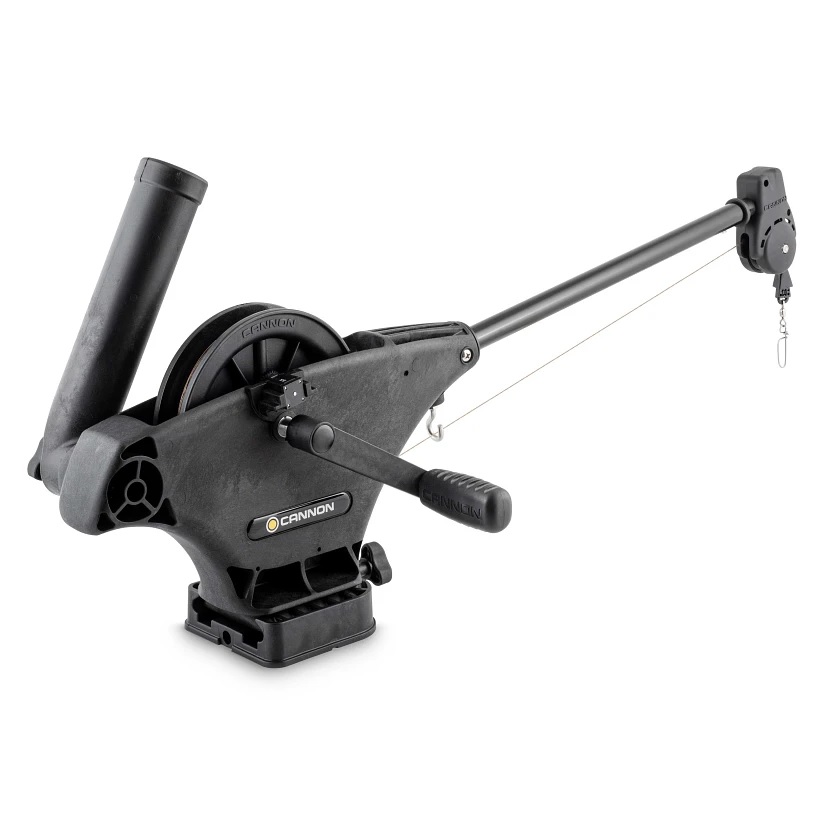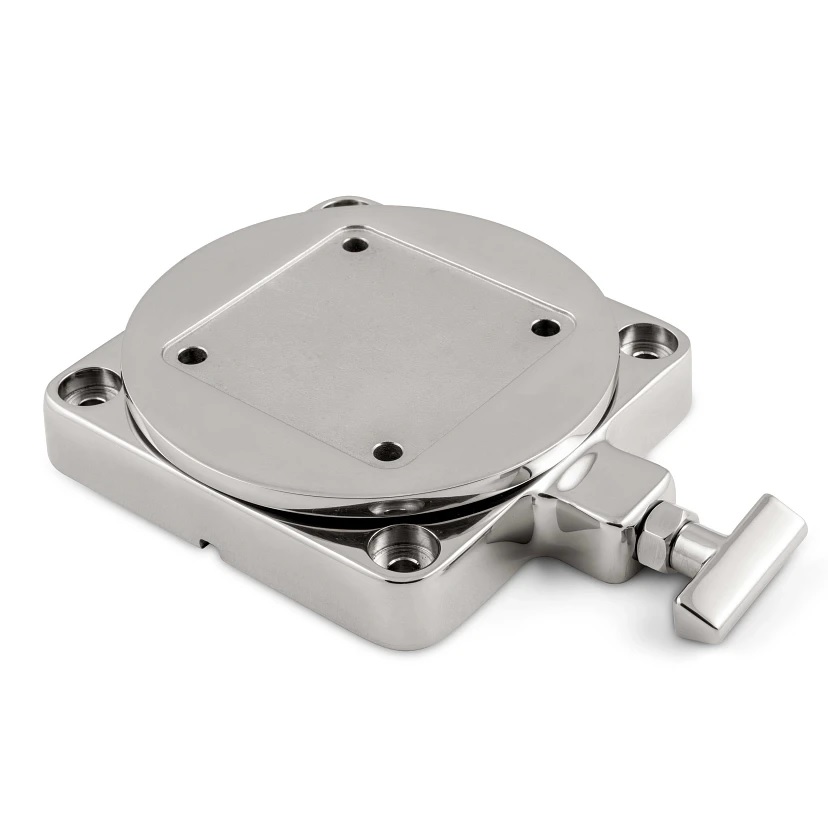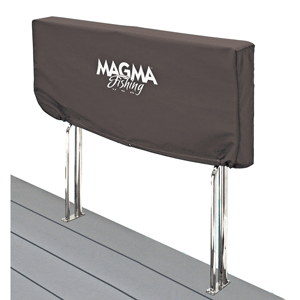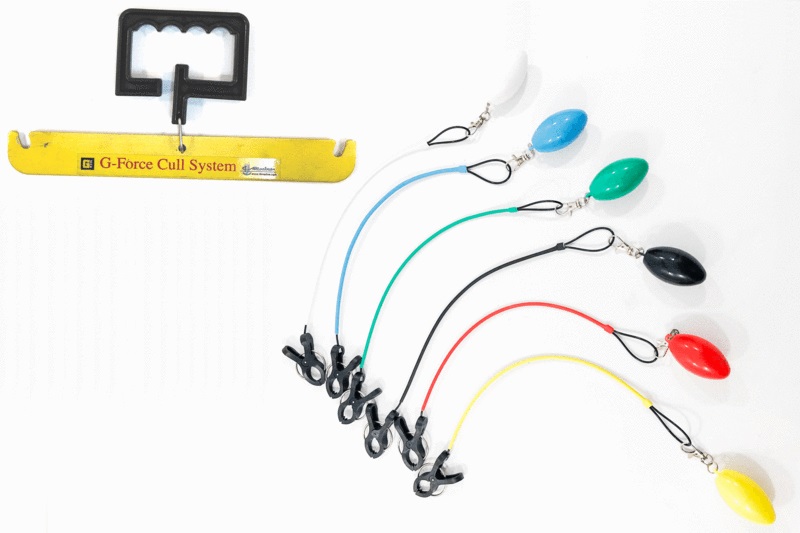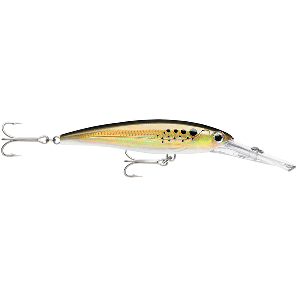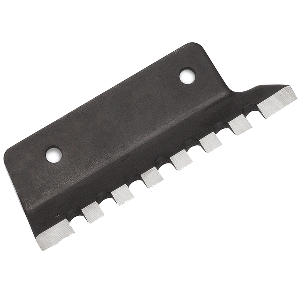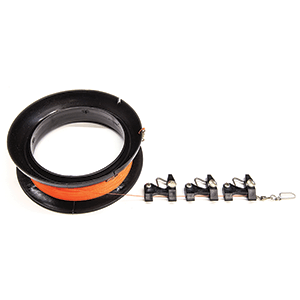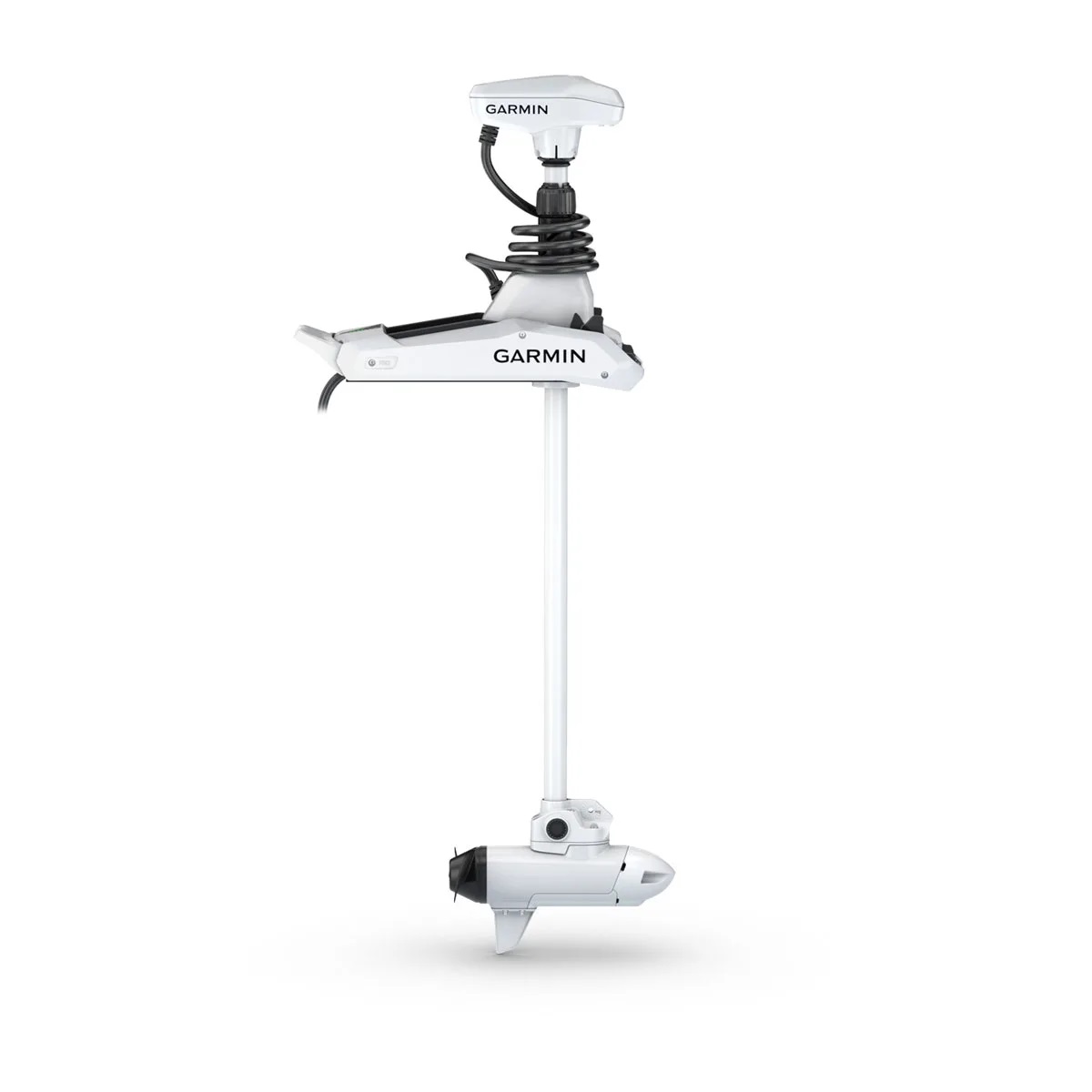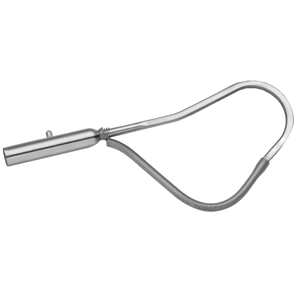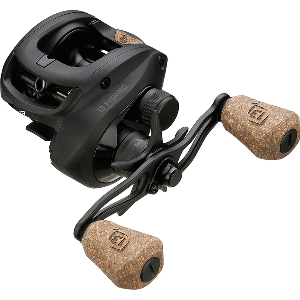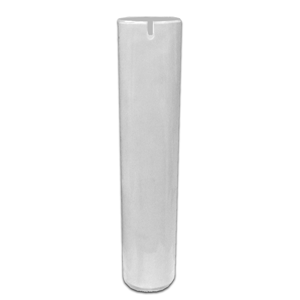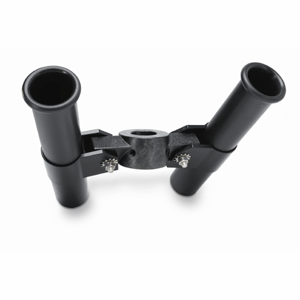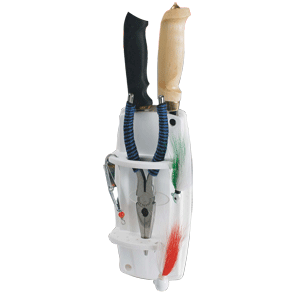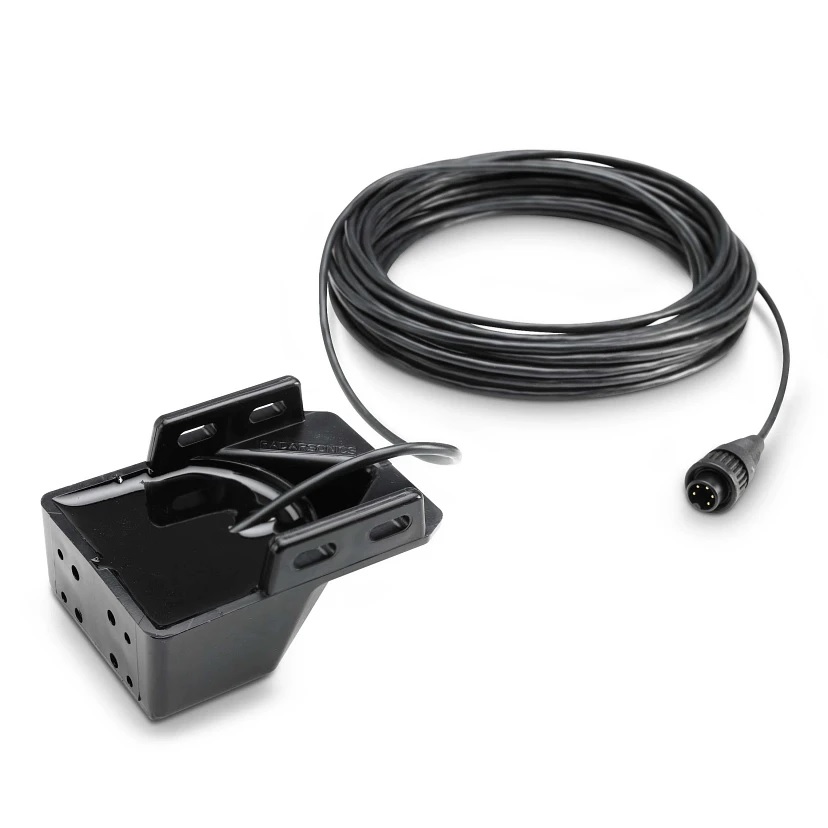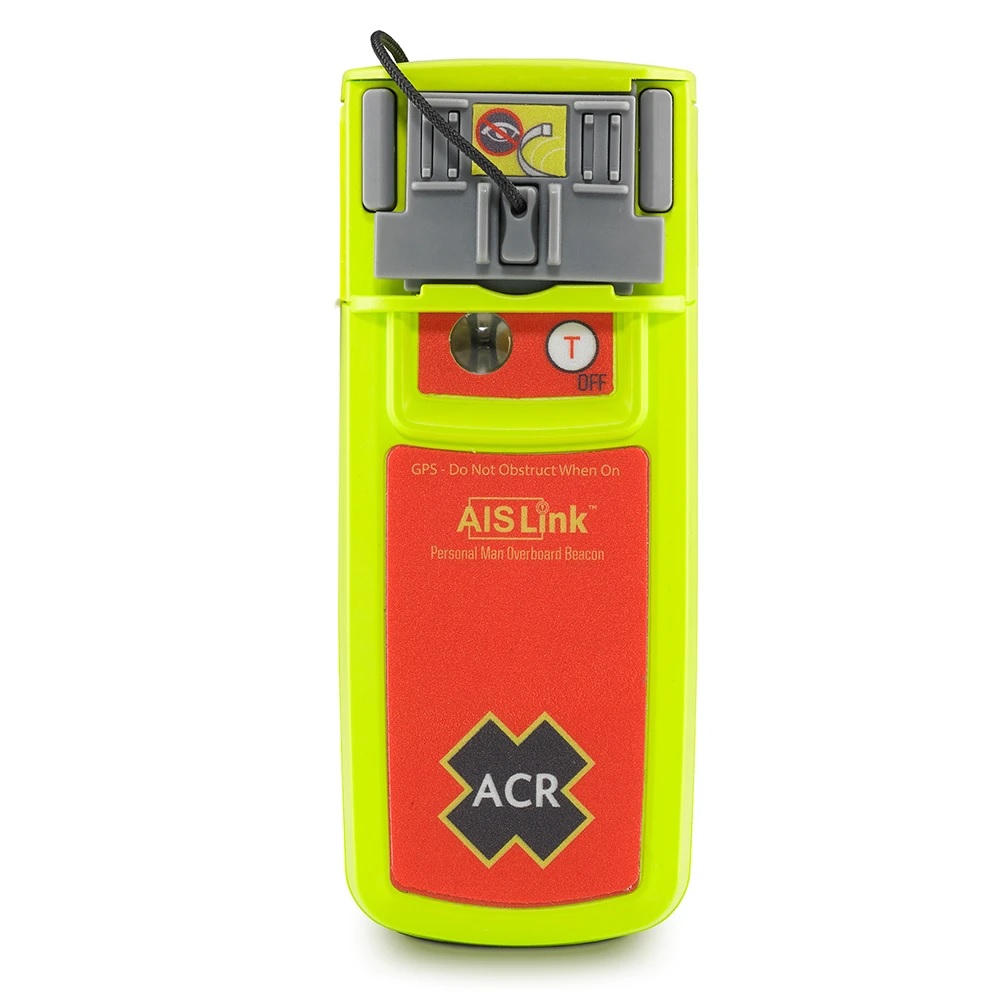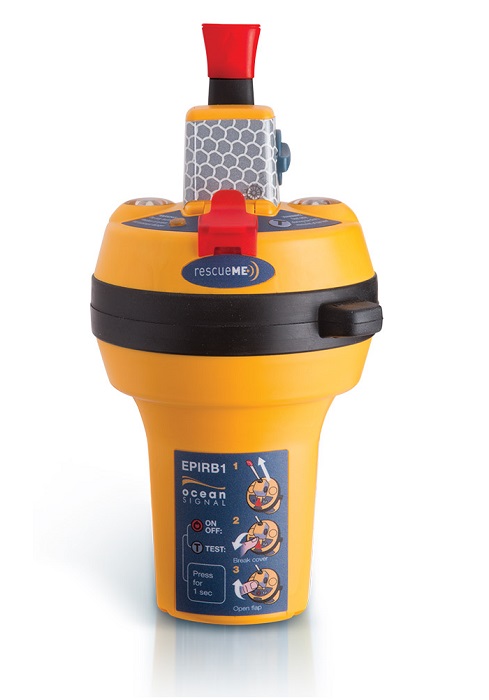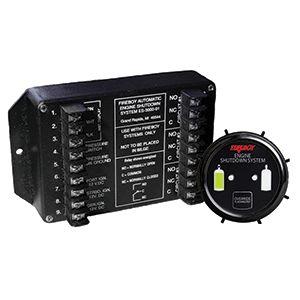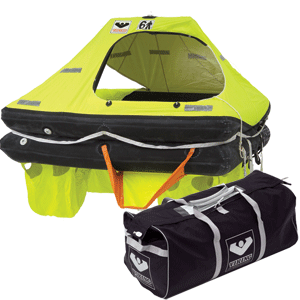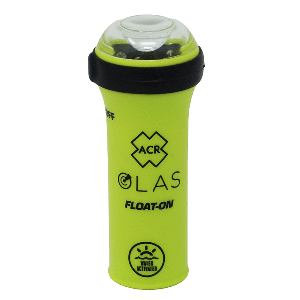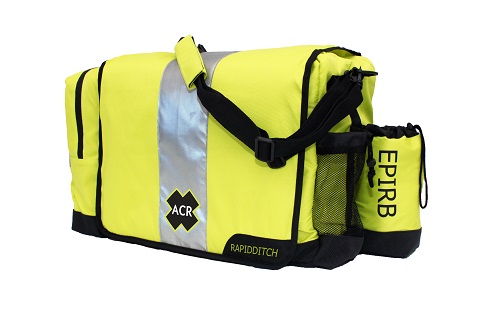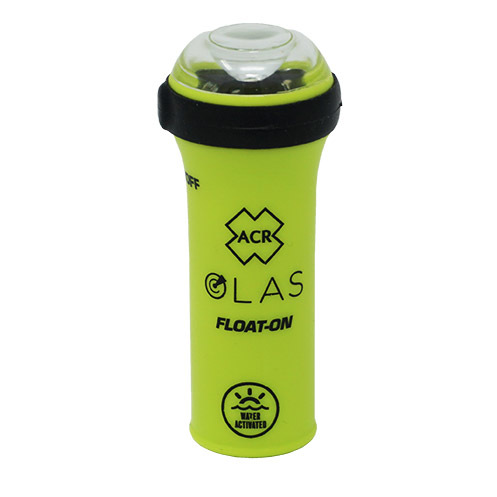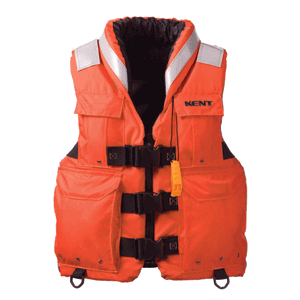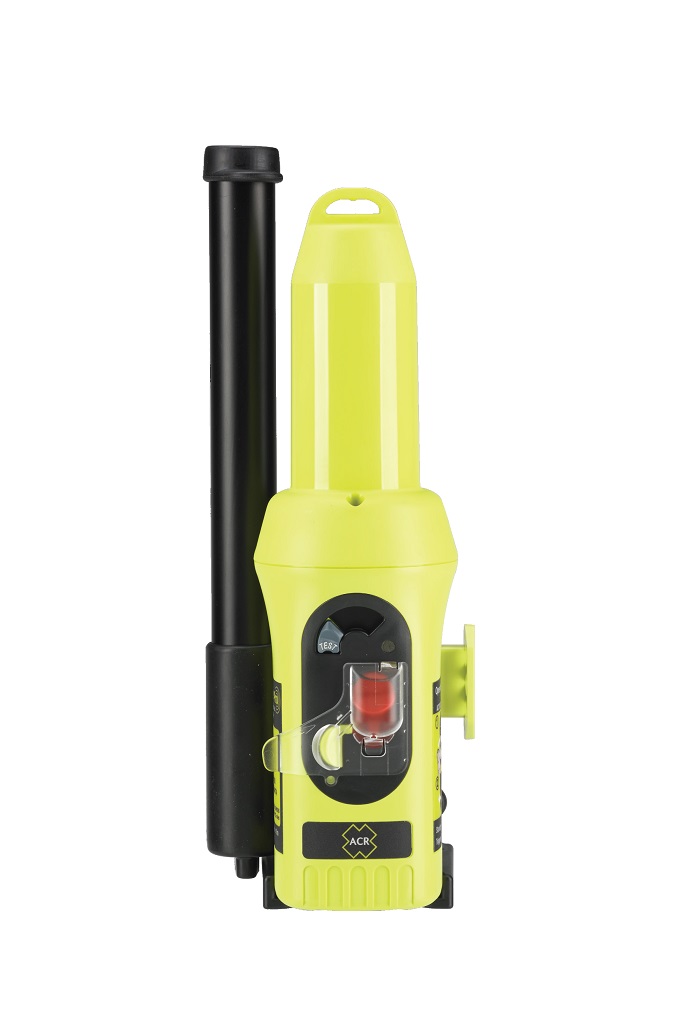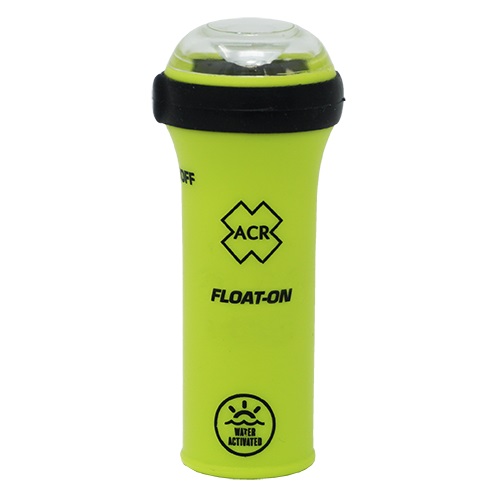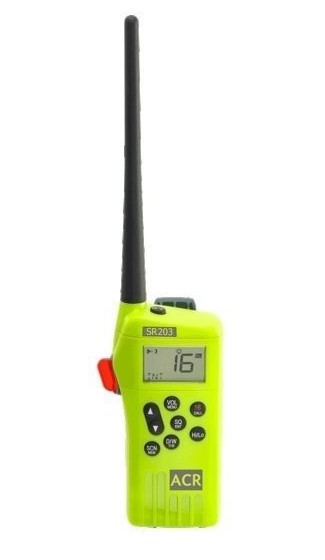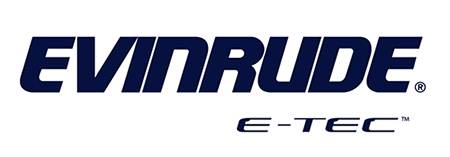Yamaha 150 Lower Unit Gear Ratios Explained: What You Need to Know
Introduction
If you own or operate a Yamaha 150 outboard, understanding the Yamaha 150 lower unit gear ratios is essential to ensuring optimal performance, fuel efficiency, and mechanical longevity. Many boat owners overlook this critical detail, but gear ratios play a massive role in how your engine transfers power to the propeller. In this guide, we’ll break down everything you need to know, from the basics of gear ratio mechanics to troubleshooting signs and expert maintenance tips.
This blog is designed to help both DIYers and seasoned marine technicians better understand how the Yamaha 150 lower unit functions and what makes its gear ratio so vital. Let’s dive in and unravel the mechanics behind it all.
What Is a Lower Unit Gear Ratio?
The lower unit gear ratio in an outboard engine like the Yamaha 150 refers to the ratio between the rotation of the crankshaft (engine) and the propeller shaft. In simple terms, it determines how many revolutions the engine makes for every single turn of the propeller.
- Basic Formula: Gear Ratio = Crankshaft RPM / Propeller RPM
- For example, a 2.00:1 ratio means the engine turns twice for every propeller revolution.
- Yamaha 150 Standard Ratio: Most models come with a 2.00:1 or 1.86:1 gear ratio.
- Why It Matters: This ratio affects torque, acceleration, top-end speed, and fuel economy.
- Choosing the wrong propeller for your gear ratio can damage the engine or reduce efficiency.
- Lower gear ratios (higher numerically) provide more torque, ideal for heavier boats or towing.
- Higher gear ratios (lower numerically) are better for lighter boats seeking higher top speeds.
Important Note: Altering gear ratios requires precision. Improper changes can damage the entire lower unit.
Step-by-Step Guide: Understanding Gear Ratio in Your Yamaha 150
- Locate the Gear Ratio Spec: Check your owner’s manual or the manufacturer’s plate on the lower unit.
- Manual Measurement:
- Shift into neutral, then into forward gear.
- Mark the propeller blade and flywheel with a reference point.
- Turn the flywheel by hand and count how many rotations it takes to rotate the prop once.
- Compare Against Spec: If your calculated ratio is off, you may have a mismatched or worn-out gear set.
This method works well for checking wear or validating a used unit’s internal gearing before installation.
Common Issues and Solutions
- Overheating: Often caused by improper gear oil or low oil levels in the lower unit.
- Grinding Noise: Could indicate worn-out gears or misalignment due to incorrect ratio setup.
- Propeller Slippage: May be the result of gear teeth damage or improper propeller sizing based on the ratio.
- Sudden Drop in Speed: A faulty lower unit or propeller mismatch due to misunderstanding the gear ratio.
⚠️ Warning: If you hear clicking, chattering, or grinding, stop the engine and inspect the lower unit before further use.
Maintenance Best Practices
Keeping your Yamaha 150 lower unit gear ratios in top shape requires consistent maintenance:
- Change Gear Oil: Every 100 hours or at least annually using marine-specific gear lube.
- Inspect Seals: Look for signs of water intrusion; milky oil is a key indicator.
- Propeller Checks: Remove and inspect for fishing line entanglements that can affect gears.
- Visual Inspection: Check for dings, corrosion, or cracks around the lower unit housing.
For parts and gear oil, allboatsupplies.com offers quality OEM-compliant products.
Expert Tips and Recommendations
- Use OEM Spec Parts: Aftermarket gears may not always match the Yamaha spec ratio perfectly.
- Upgrade Prop Based on Ratio: Use the correct prop pitch to match your gear ratio and boating use.
- Annual Service: Have your lower unit inspected by a marine tech yearly—especially before boating season.
- Log Engine Hours: Keep a record of maintenance and hours to time gear oil changes properly.
Detailed FAQ Section
How do I know if I need a new Yamaha 150 lower unit?
Signs include excessive vibration, grinding noises, gear slippage, or leaking gear oil. If the propeller spins freely in gear without resistance or the lower unit runs unusually hot, you may need a full replacement. Check for metal shavings in the oil or stripped gear teeth, both common failure indicators. If you notice any of these issues consistently, consult a marine mechanic before further use.
What tools are needed to inspect or replace the lower unit gear set?
You’ll need a marine grease gun, a lower unit pressure tester, gear oil pump, torque wrench, flathead screwdriver, and the appropriate socket set. For complete replacements, a hoist or engine stand can help manage the unit’s weight. Always have a Yamaha service manual on hand, and wear gloves to protect yourself from sharp metal shavings inside the case.
Can I handle lower unit gear ratio replacement myself?
If you’re mechanically inclined and have the right tools, yes. But precision is critical—incorrect installation can lead to costly engine damage. It’s important to align the gear case properly with the shift shaft and drive shaft. For first-timers, consider assistance from a professional or at least a walkthrough from a service tech. Replacing a lower unit also means re-filling with oil and testing pressure seals.
How much does a Yamaha 150 lower unit replacement typically cost?
Prices range between $1,000 and $2,500 depending on whether you opt for a new OEM unit or a refurbished one. Labor costs can add $300–$600. You’ll also need marine-grade gear oil, gasket sets, and possibly a new propeller to match the unit’s gear ratio. Always verify the gear ratio (2.00:1 or 1.86:1) before purchasing to avoid compatibility issues.
What are the warning signs of gear ratio mismatch in my Yamaha 150?
Common signs include reduced top speed, high RPMs at cruising speed, sluggish acceleration, and increased fuel consumption. A mismatched ratio can also cause overheating and premature wear on the propeller shaft. These symptoms often indicate an improper gear ratio setup, especially after replacing the lower unit or propeller without checking compatibility.
Special Offer
WELCOME5 – Get 5% off storewide at allboatsupplies.com
Conclusion
Understanding the Yamaha 150 lower unit gear ratios is more than just knowing numbers—it’s about ensuring your boat performs at its best while extending the life of your engine. Whether you’re replacing parts, troubleshooting performance drops, or simply maintaining your outboard, having a firm grasp of gear ratios can save you time and money.
Be proactive with maintenance, choose the right prop, and ensure your replacement parts align with OEM specifications. With the right knowledge, your Yamaha 150 will continue to deliver smooth and reliable performance on the water for years to come.
Read More
Want to learn more about maintenance guides, propeller pitch, and Yamaha outboard troubleshooting? Visit our marine blog for in-depth resources.
